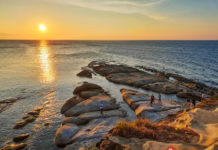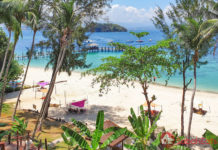Kyoto is known as one of the most beautiful cities in the world. Japan’s historical heart, the country’s former capital is home to thousands of architectural wonders, including 17 UNESCO World Heritage Sites. Kyoto have an efficient transportation system and getting around is easy as the street is well laid.
Cost
While Kyoto is an expensive city to stay, We eat and sleep well during our time at Kyoto. We manage to keep our budget under RM2400 per person (including air tickets, transportation, food and entrance fees)
Our cost as follow:
Air Tickets from Kuala Lumpur = RM 700 (Air Asia X)
Air Tickets from KK to KL = RM 300
Accommodation = RM 220 (for 2 nights)
Transportation = RM280 (airport transfer, public transportation)
Entrance Fees = RM90
Food = 800
Total spent = RM 2390 per person (rough estimation due to currency exchange )
Getting in:
We fly from Kuala Lumpur to Osaka Kansai airport. The flight took around 6 hours. From Kansai airport, there are few ways you can travel to Kyoto. We took the Limited Express Haruka operated by JR West is the only rail service between Kyoto Station and Kansai International Airport.
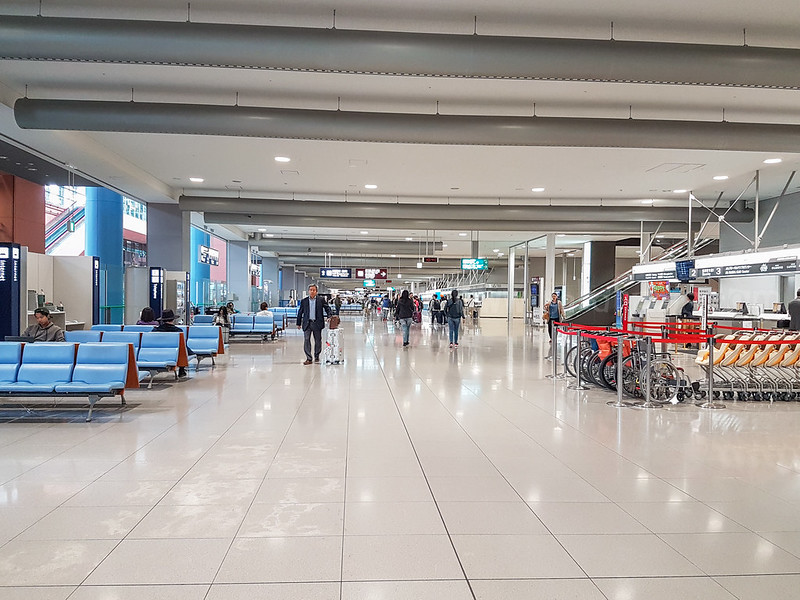
Getting Around
Kyoto tourist map available at Kansai airport and major tourist attraction. The best way to get around Kyoto is by using google map. Key in the name of places of attraction/shop and google map will calculate the distance, cost and which transportation connect to the location.
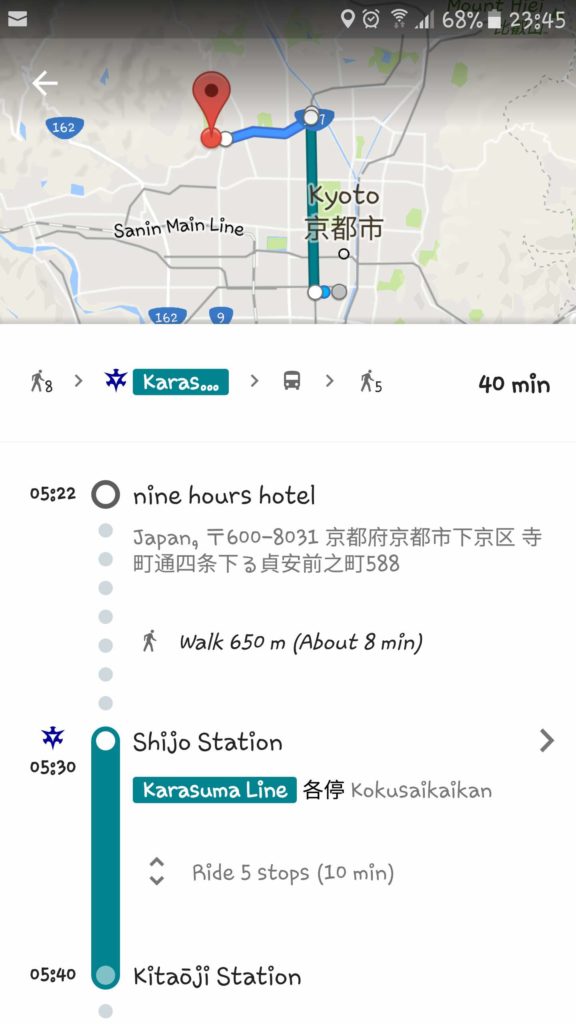
Internet rental:
The first thing we do is get the internet for our duration of stay in Japan. We actually opt for data roam on our Maxis line for RM38 per day but we fail to activate the service after we landed in Osaka. There are few types of internet service available for rental at the airport and the most popular method is the pocket wifi which cost around USD 10 per day. We choose Softbank Sim as we need the internet for 3 days and we don’t want to carry around the pocket wifi to another city which will still charge us daily
Softbank sim rental fees are as follow:
daily sim rental : 110 yen/days
administration fees: 315 yen
unlimited date/day : 970 yen
Calculation is as follow: if you use the sim and data, the charge will be 110 yen + 970 yen = 1080 yen daily
if you use the sim only without data (disable mobile data), you will be paying only 110 yen daily.
We have to put a deposit of 16000 yen for the sim rental using a credit card.

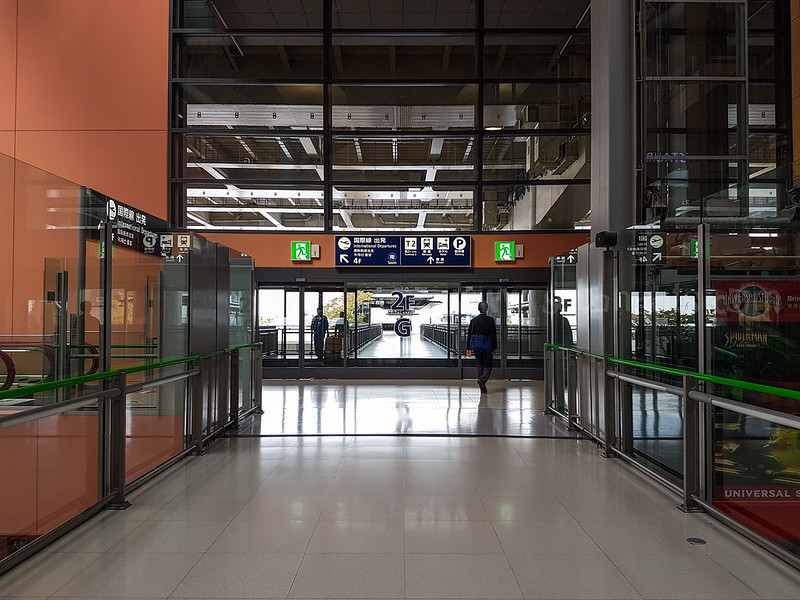
Train station is on the 2nd floor at an independent building connected to the airport through bridge

ICOCA & HARUKA card can be purchased from the JR ticket office. “ICOCA & HARUKA” is a set containing an “ICOCA” IC card (pre-charged with 1,500 yen) and a discounted ticket for the Kansai-Airport Express “HARUKA.” The ICOCA can be used on JR, subway, private railway and bus transportation and for shopping in the Kansai Area and beyond.
The total price to pay for a one-way ticket to Kyoto + ICOCA card is 3600 yen (1600 yen for one-way ticket and 2000 yen for ICOCA card with 1500 yen credit and 500 yen deposit)

The total price to pay for a one way ticket to Kyoto + ICOCA card is 3600 yen (1600 yen for one way ticket and 2000 yen for ICOCA card with 1500 yen credit and 500 yen deposit) If you prefer to take the train to airport from Kyoto at the end of the trip, you can also purchase the 2-way ticket for 5200 yen.
You need to show your passport to purchase the ICOCA card.
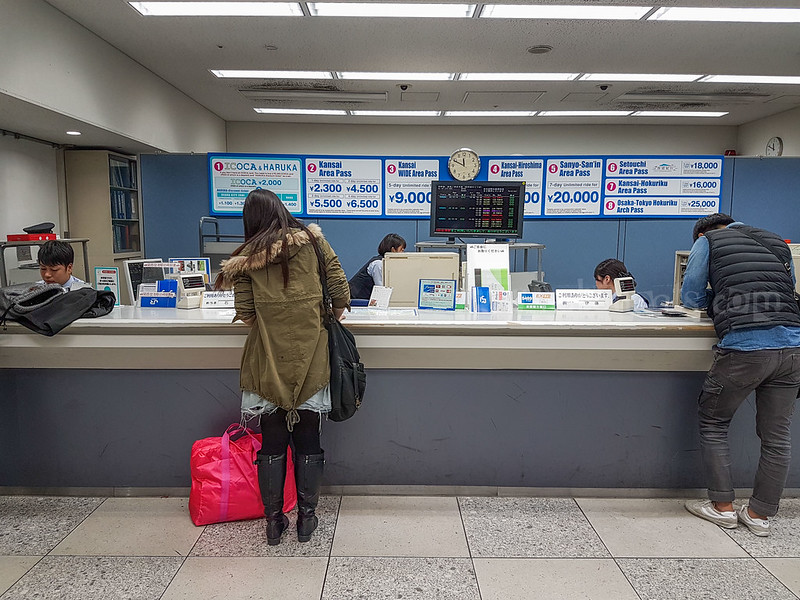
The train arrives at Platform 4, passing by Shin-Osaka before proceeding to Kyoto Station.


ICOCA card and HARUKA discount ticket for tourist. more information about ICOCA at https://www.westjr.co.jp/global/en/ticket/icoca-haruka/
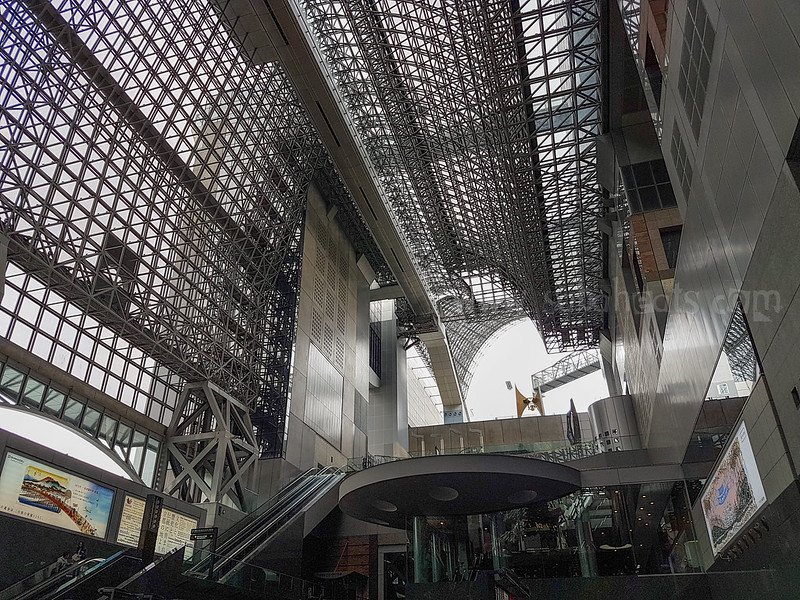
The train take around 75 minutes to reach Kyoto Station. Kyoto station is a massive building and is an important transportation hub in Kyoto. You can connect to Subway, Bus, long distance bus and train at Kyoto station. Isetan is attached to the station and there are many restaurants around the station for dining option.

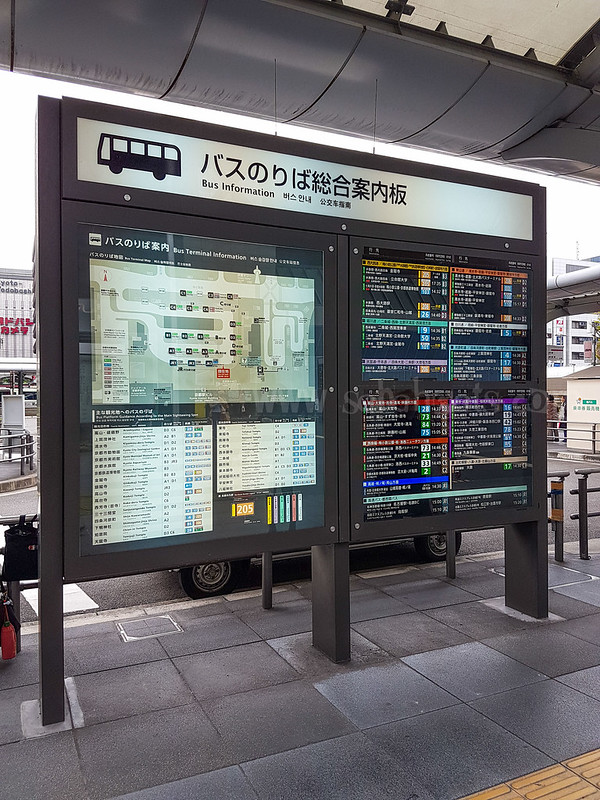
Our first-night stay is at First Cabin capsule Hotel which is located 2 stations by subway from Kyoto Station. Being adventurous, we decide to walk to our Hotel.
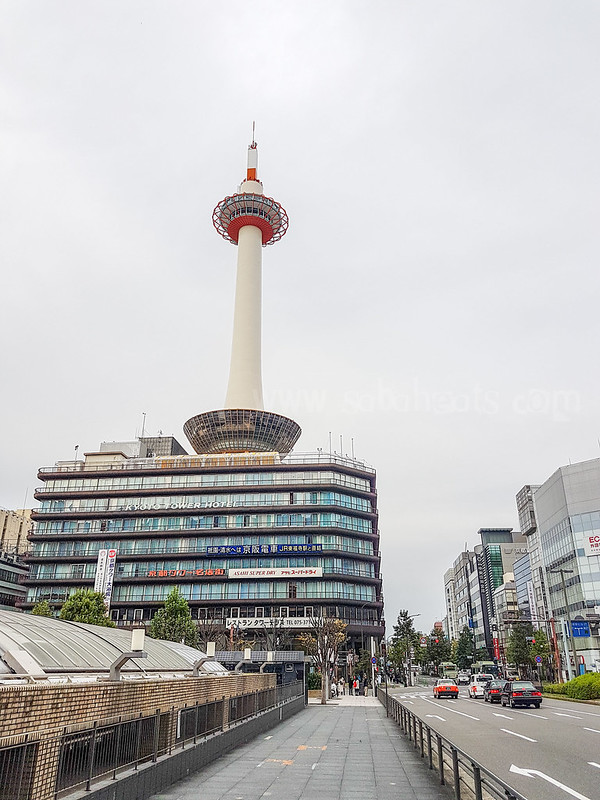
Kyoto Tower is located right outside Kyoto Station. Walking around Kyoto is easy as the pedestrian walkway is wide and everyone follows the traffic light to cross the road.

After walked for 5 minutes, we found Sukiya restaurant chain outlet and decide to have our first meal here.

Shredded beef don with miso set cost 490 yen.

Walk along Karasuma-dori street and discover Higashi Hongan-ji Temple. There are no entrance fees and we decide to explore the temple.

Higashi Honganji has been burned down by fire several times, thus the temple today is not original but does date back 1895. This fact means it is older than many reconstructions in Japan today. The temple’s history, on the other hand, stretches back centuries.

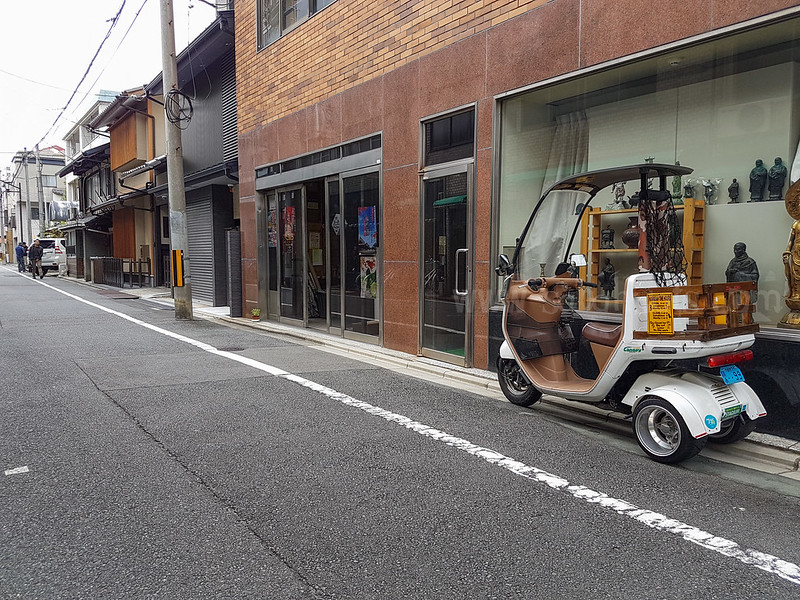
We finally reached First Cabin Capsule Hotel and check into our “Capsule”
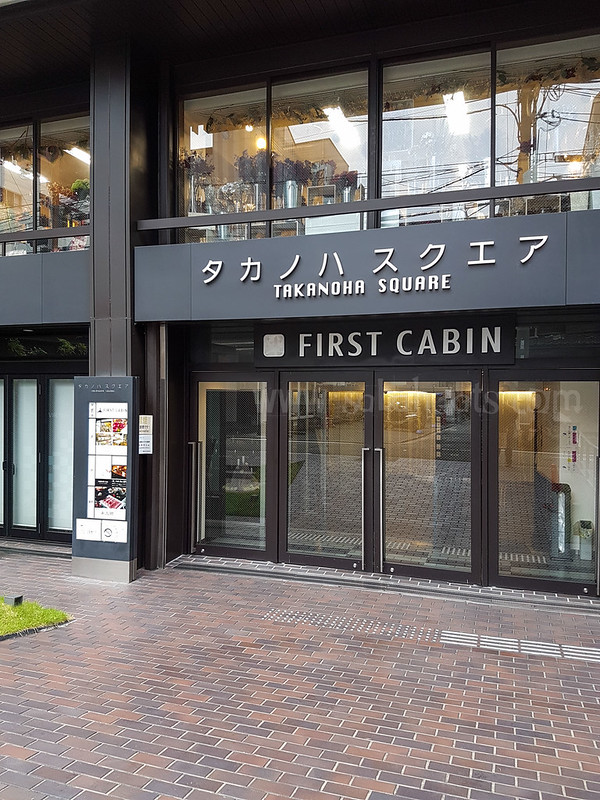
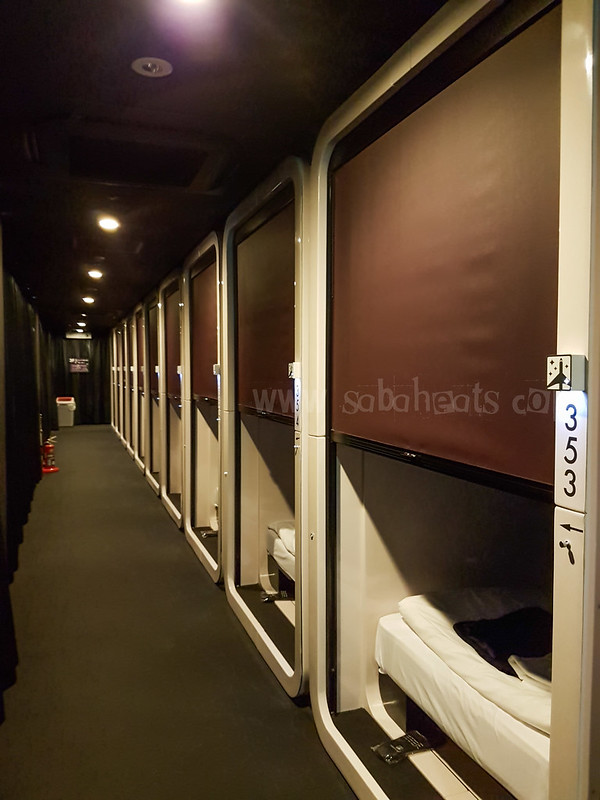
tower, toiletries set and disposable slipper, cabin wear are provided. There is also enough space for an LCD TV inside the capsule. A small air duct provides ventilation to the capsule.

First Cabin Capsule Hotel is located 2 blocks away from Shijo Street (Shijo Dori) which runs throughthe the center of Kyoto, Japan east to west through the commercial center of the city. Shijo-dori, which could be called the main street of Kyoto, extends about 7 kilometers from Yasaka – jinja Shrine, which affords a view of the Higashiyama hills in the background, to Matsuo Taisha Shrine, with its view of the Nishiyama hills.
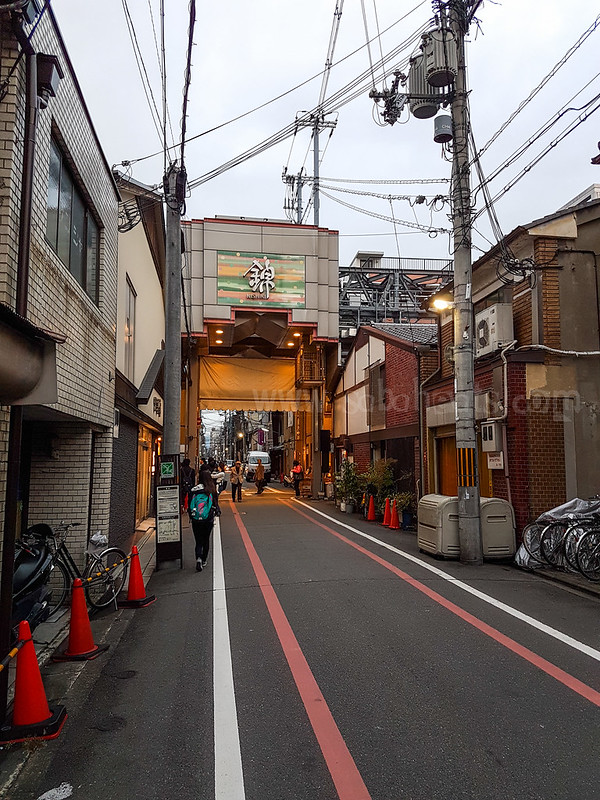
Nishiki Market
Nishiki Market is located 10 minutes walk away from First Cabin Capsule Hotel.
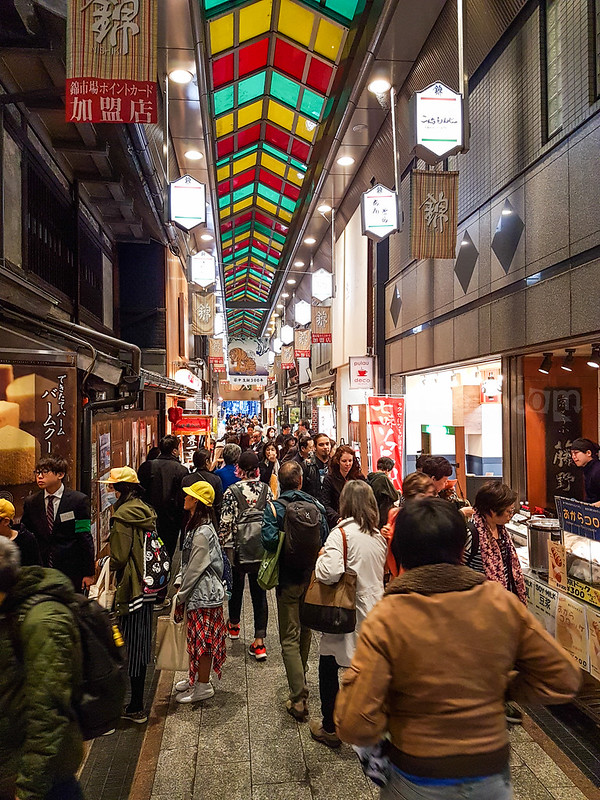
Nishiki Market is a long narrow street of food and gift vendors. You can get everything here from fruit to ice cream, spices, fresh seafood, meat, and street food.
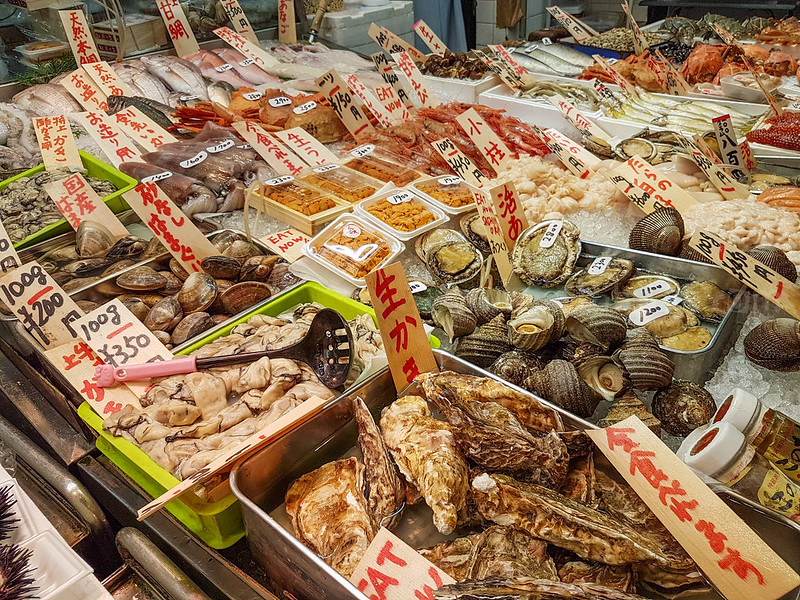
The dozens of vendors along this old market street tempt you to try everything from rice crackers to dried squid and fried tofu.


Malls and shopping streets surround Shijo Dori which is superb for shopping lovers.


Couples hang-out at Kamo-gawa River
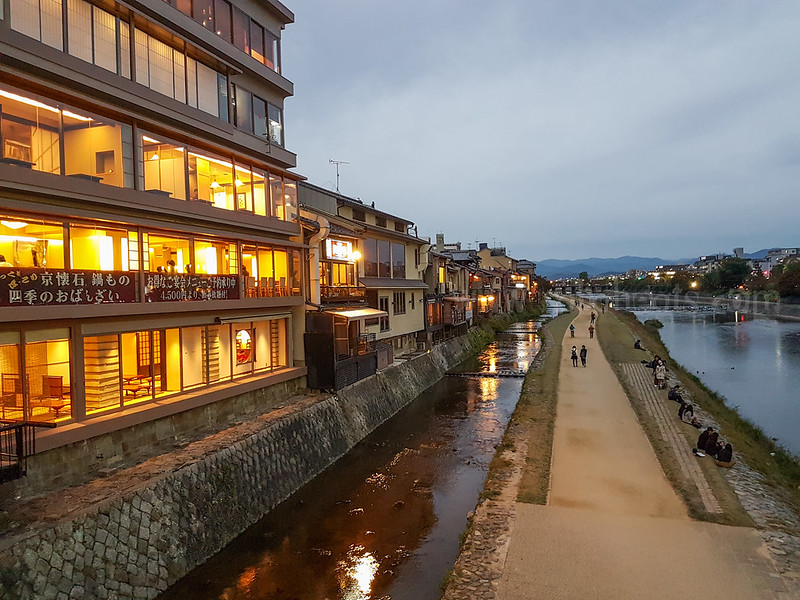
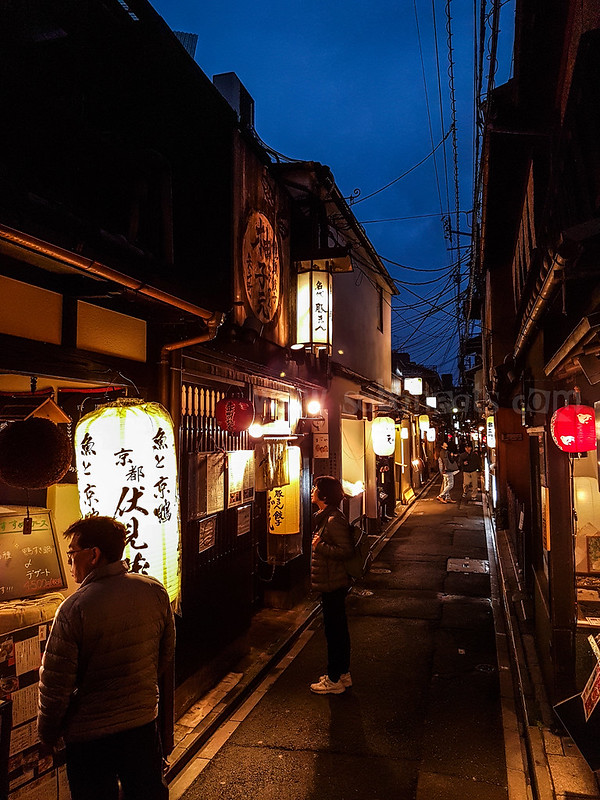
Pontocho Alley
One of the prettiest alley at Kyoto. Pontocho is a narrow alley running from Shijo-dori to Sanjo-dori, one block west of Kamogawa River and is one of Kyoto’s most atmospheric dining areas. The alley is packed with restaurants on both sides offering a wide range of dining options from inexpensive yakitori to traditional and modern Kyoto cuisine, foreign cuisine. This is also the best place for Geisha spotting but sadly we didn’t see geisha on the alley.

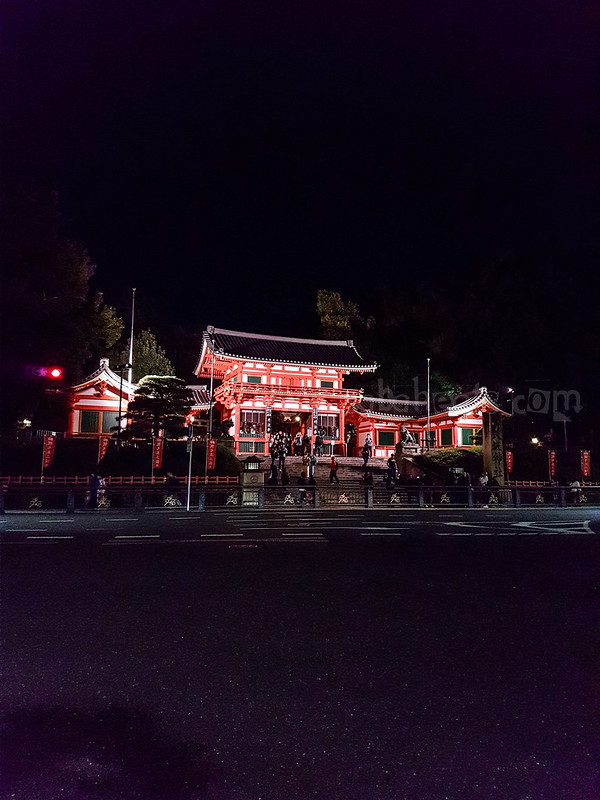
Yasaka Shrine at the end of Shijo-Dori. The famous Gion area is located between Yasaka Shrine and Kamo-gawa River.

Shijo-dori at night. Everyone wait for the traffic light before crossing the street.

Our simple dinner after lots of walking at Doutor coffee.

Day 2
Start day 2 with breakfast from Familia Mart located right outside of First Cabin Capsule Hotel

Today we will travel to Arashiyama area to visit the bamboo forest and Tenryu-ji Temple. We took the Keifuku Randen Tram Line which goes directly to Arashiyama station.
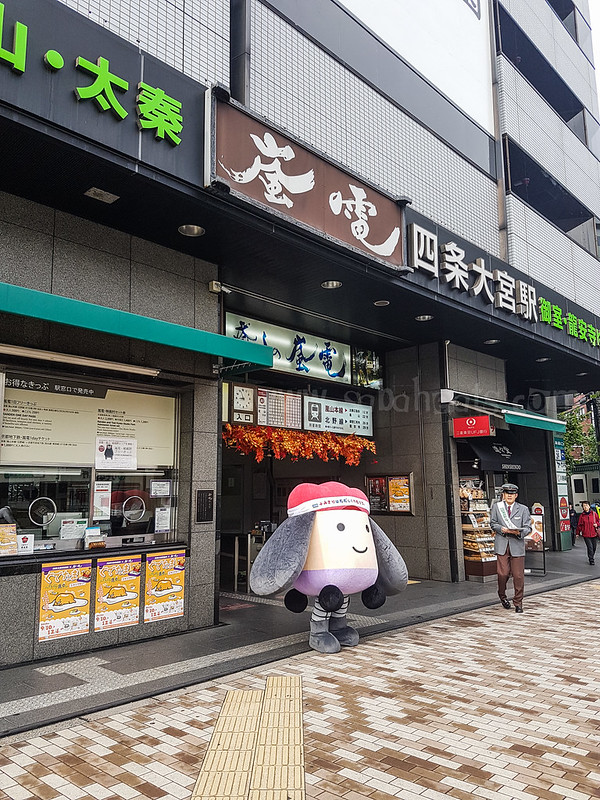

The Randen has a flat fare system of 220 yen for adults and 110 yen for children. Fare can be paid upon leaving the tram.
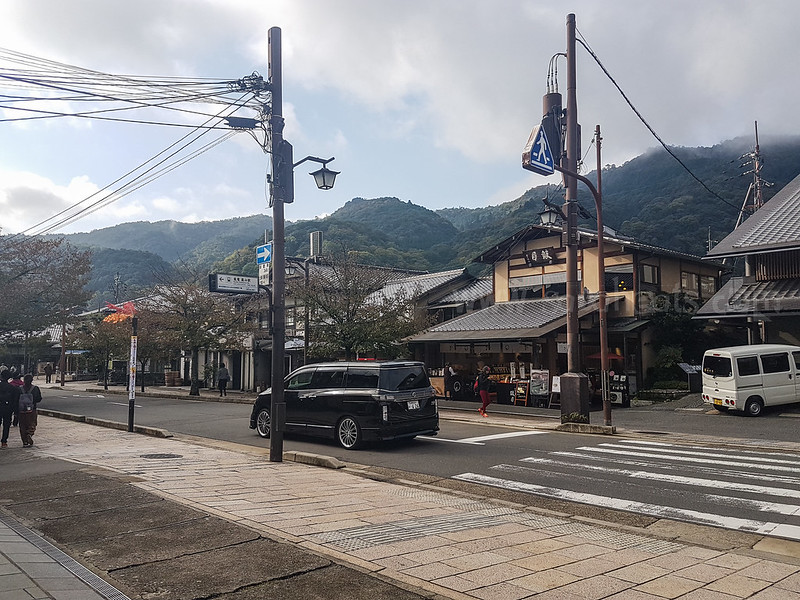
Tenryu-ji Temple
Tenryu-ji Temple is located near to Arashiyama Station. There are two separate admission fees for Tenryuji, one for the garden and one for the structures. The garden itself is worth spending over an hour in, wandering around and snapping photos.
Admission fees are 500 yen for the garden only and additional 300 yen for buildings visit.
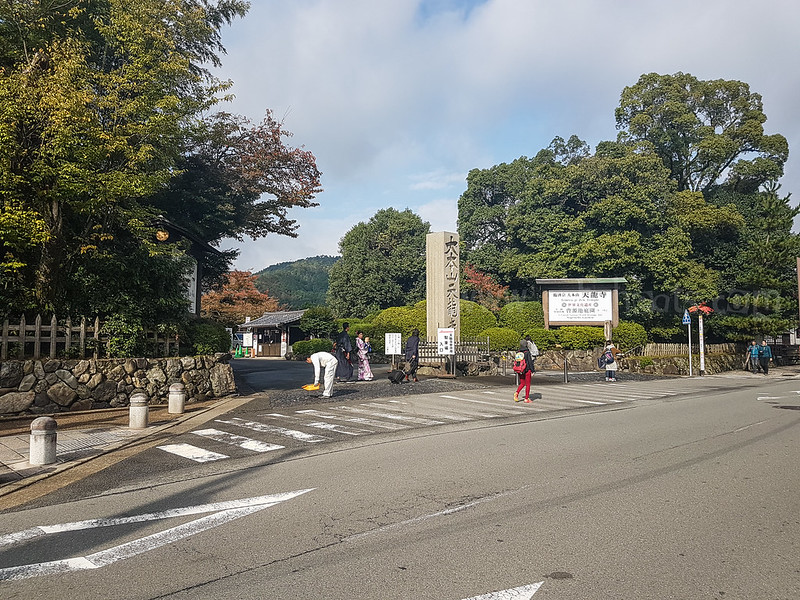

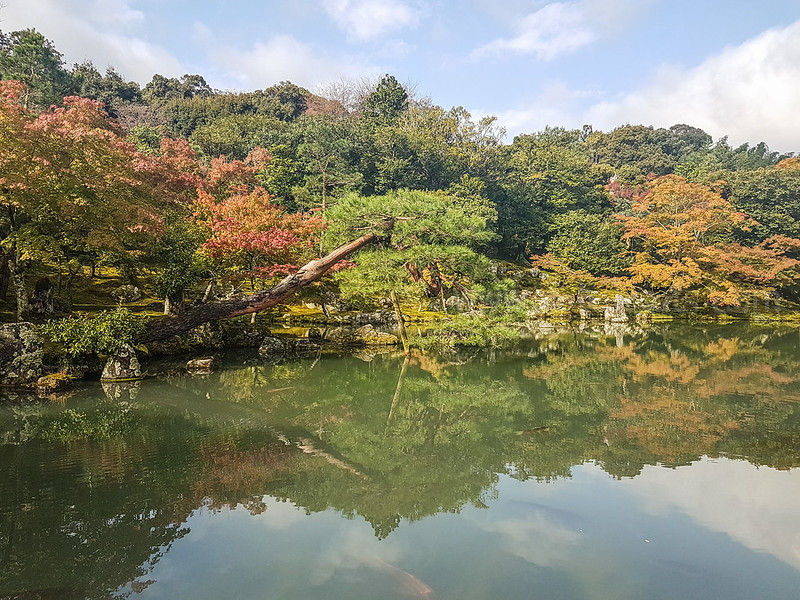
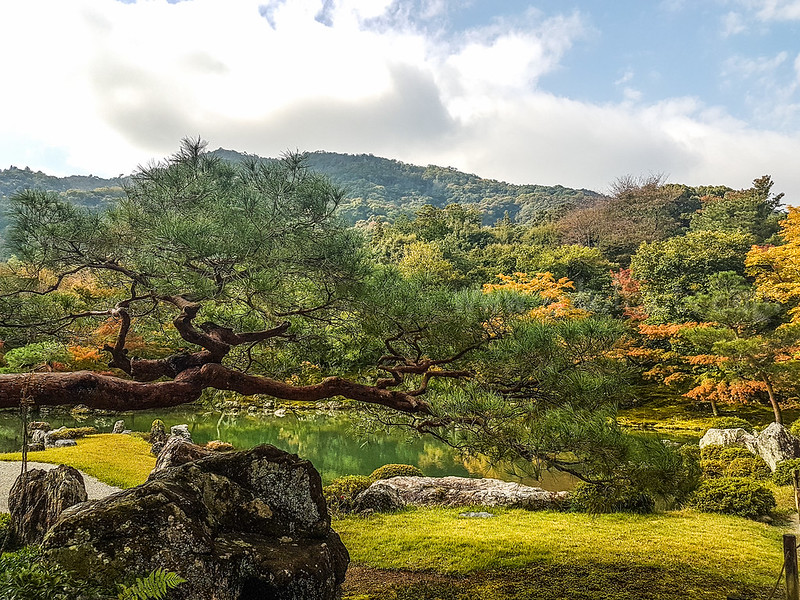
Temple set in beautiful grounds with ‘borrowed scenery’ and Zen gravel garden. Garden are very well maintained, clean and beautiful. Must see when you are there. Lakes, trees, zen view!


Arashiyama Bamboo Grove
One of the must visit place in Kyoto. It gets really crowded here but its still amazing to see the amazing bamboo grove.
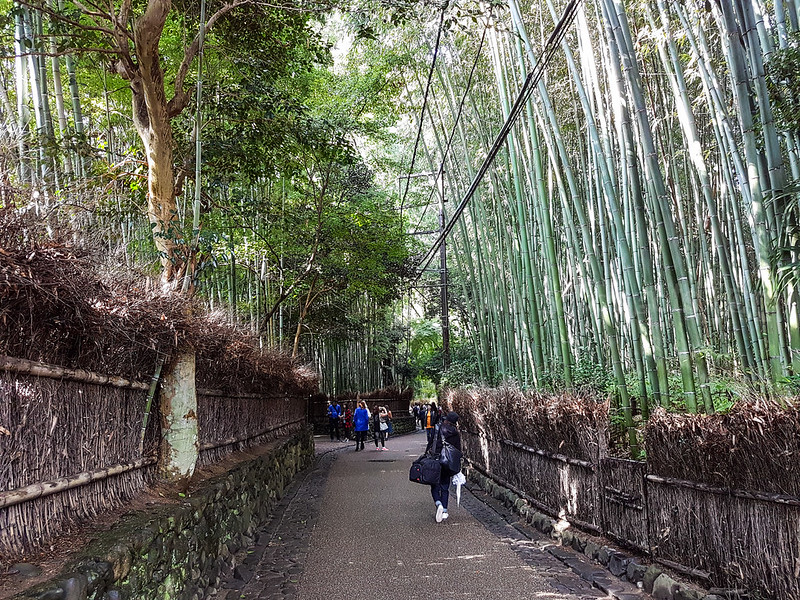


Arashiyama bamboo grove is a favorite place for wedding photoshoot. The whole park is lovely. Bamboo Grove being amazing especially with the sun shining through the leaves.
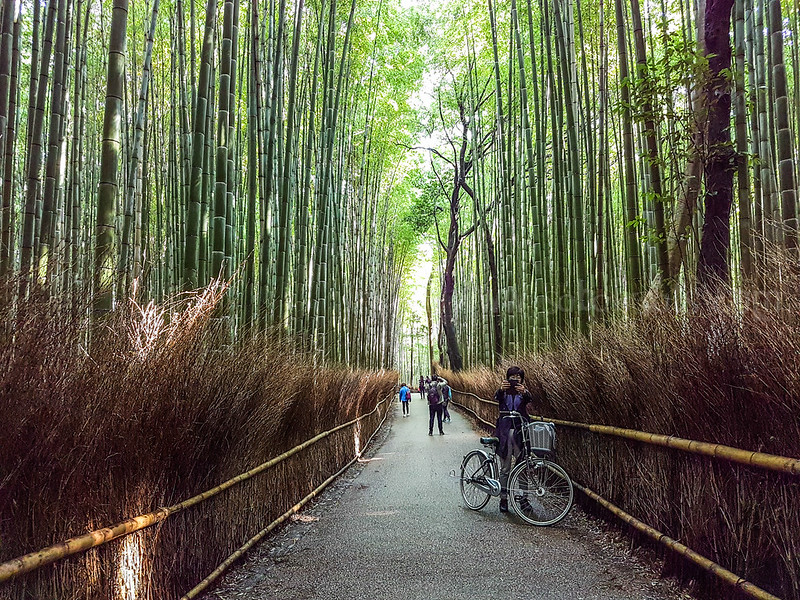
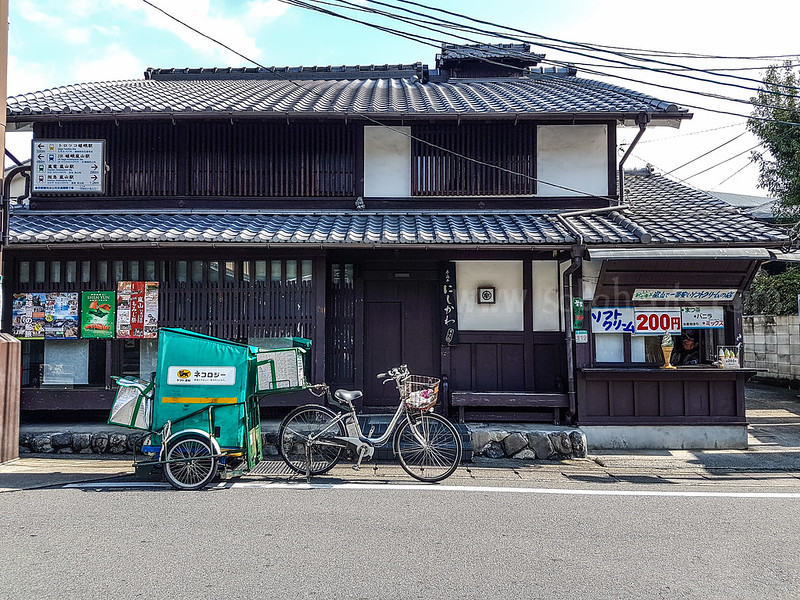
after spending an hour at the bamboo grove area, we took the JR San-in line back to Kyoto Station from Saga-Arashiyama station. Ticket price cost 240 yen. 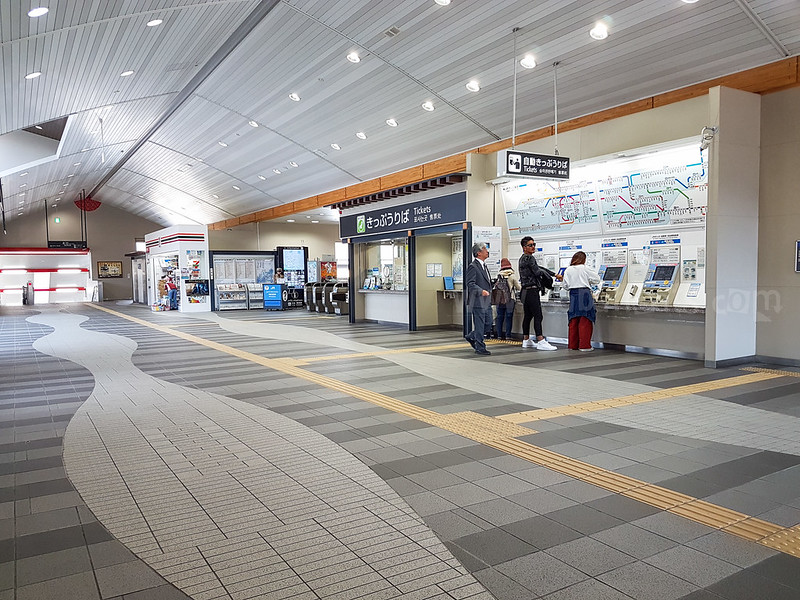
We reached Kyoto station and decide to have lunch at the restaurant inside the station.

Meal vending machine outside the restaurant. Put in the money and choose your meal. Show the ticket to the staff and collect your meal.

It cost 690 yen for a Pork Curry Don with Udon set.

Proceed to JR Nara line at platform 8 to continue our way to Fushimi-inari Taisha.
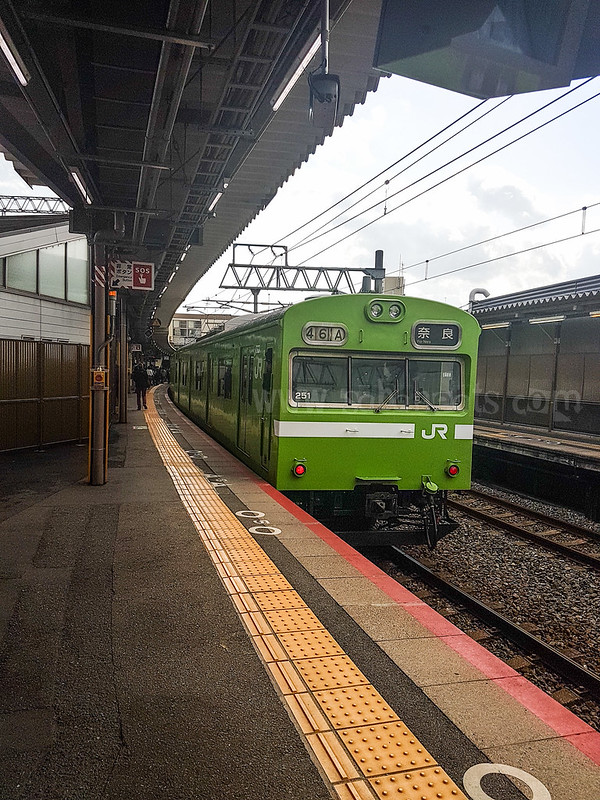

Fushimi Inari Taisha
Fushimi Inari Taisha (Fushimi Inari Shrine) is a Shinto shrine dedicated to Inari, the god of rice, sake, and prosperity. “Fushimi” is simply the location, added to the name to distinguish it from other Inari shrines. Fushimi Inari Taisha is a “must do” in Kyoto. Great photo ops everywhere.

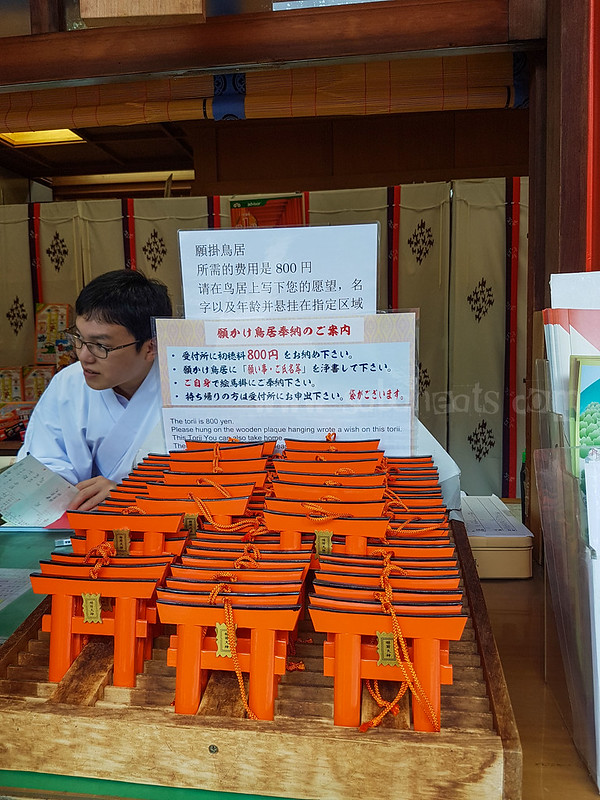

Fushimi Inari Taisha popularity is made famous by its appearance in Memoirs of a Geisha. The torii gates along the entire trail are donations by individuals and companies, and you will find the donator’s name and the date of the donation inscribed on the back of each gate. The cost starts at 400,000 yen for a small sized gate and increases to over one million yen for a large gate.



We drop by Vermillion cafe located near to the entrance of Fushimi Inari Taisha. The matcha latte is good and this little cafe offers a great place to rest after trekking around Fushimi Inari Taisha.
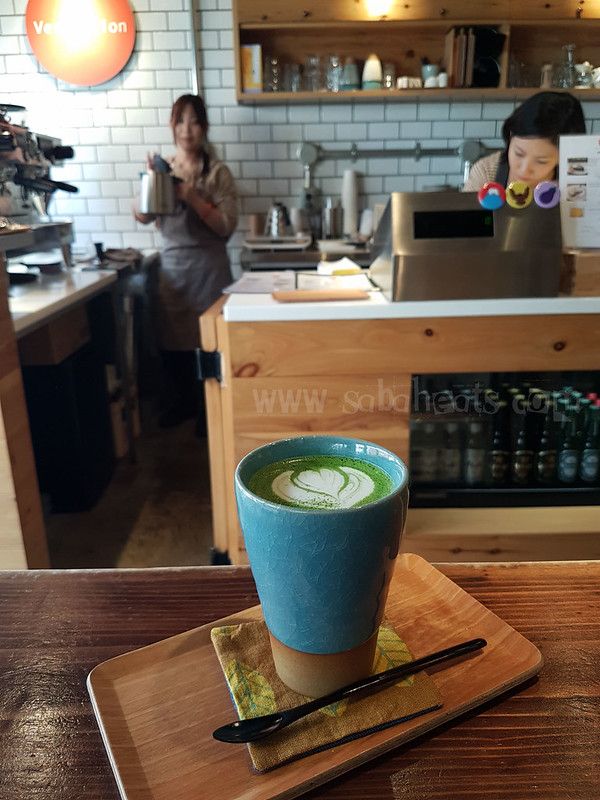
Tofukuji
Our next visit is to Tofukuji which is 20 minutes walk away from Fushimi Inari Taisha. Tofukuji Temple is one of Kyoto’s oldest and most famous temples. his temple is renowned not only for its historical buildings, and the artistry of its gardens but also for a deep ravine filled with maple trees that run through the center of its grounds.
Entrance fees: 400 yen (Tsutenkyo Bridge and Kaisando Hall), 400 yen (Hojo and gardens)
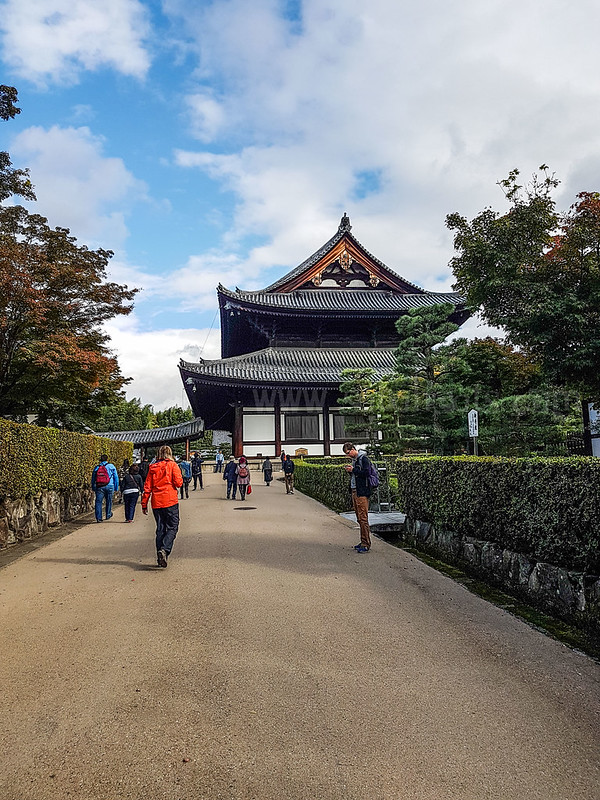
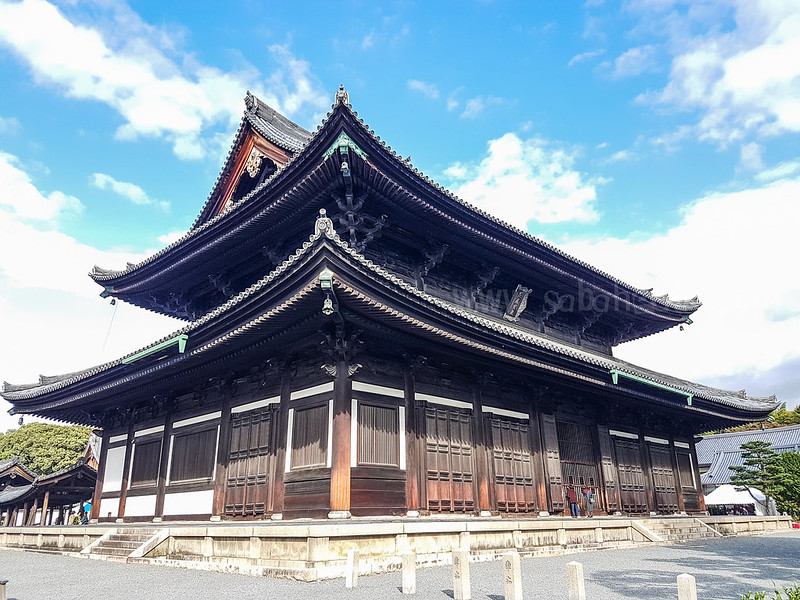
The temple buildings are gorgeous, but what captivated us the most are the gardens scattered throughout the complex. The four gardens surrounding the Hojo are exquisite, very famous 20th-century minimalist interpretations of the classical Japanese Garden. Across the Tsuten-kyo bridge, another garden gem can be found in the Kaizando complex.
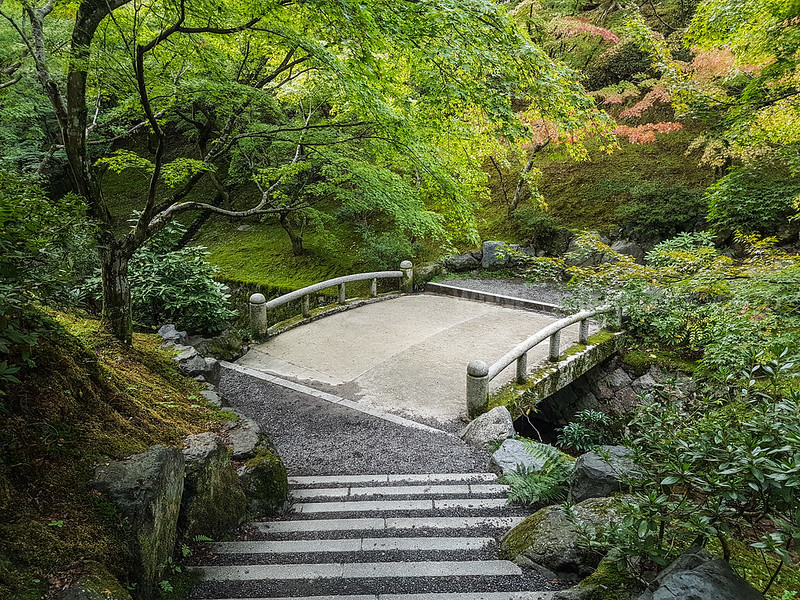

The gardens were designed in 1939 by the legendary landscape architect Mirei Shigemori, who combined Zen aesthetics with a modernist sensibility. The gardens are now considered a masterpiece but are one of Shigemori’s earlier works. At the time he was so happy to be given such a prestigious project that he offered to do the work for free. In return, the abbot promised him that the monks of Tofukuji would pray for his soul “now and forever”.
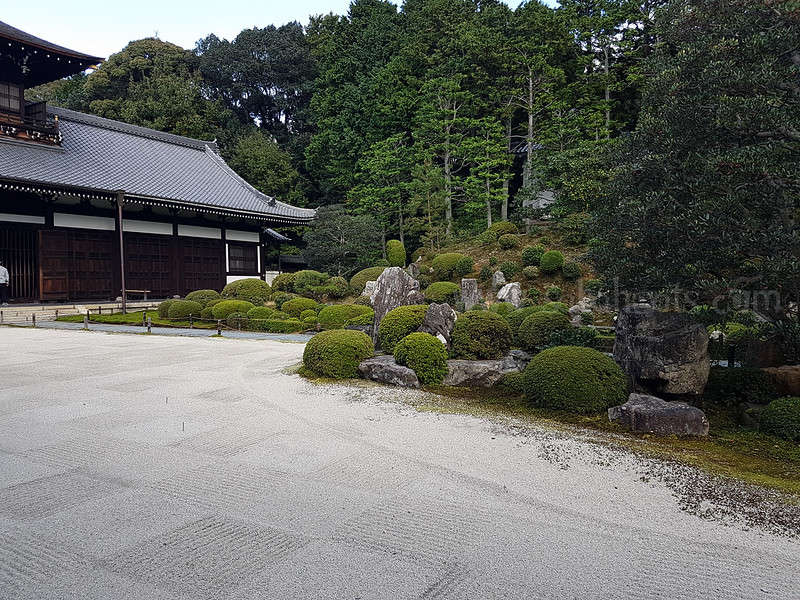

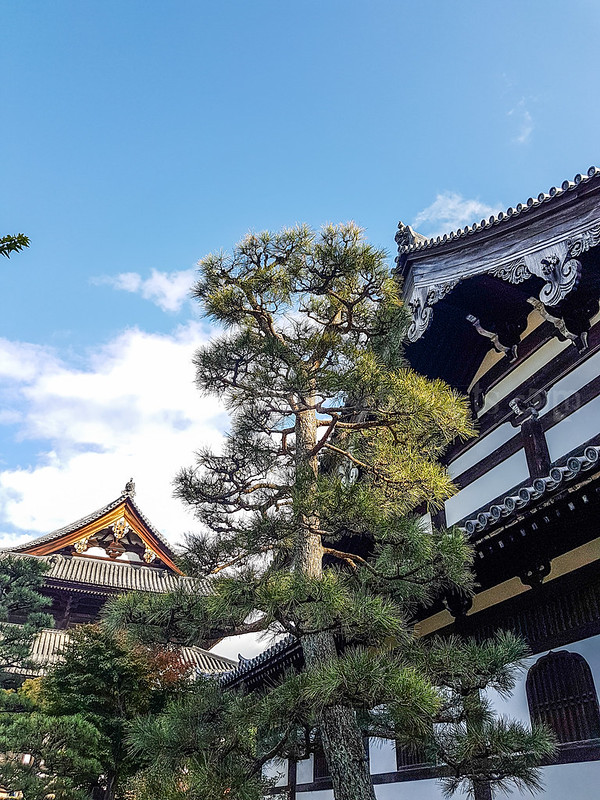
Kiyomizu-dera, Kiyumizu-zaka, Sannen–zaka and Ninen–zaka
After Tofukuji, we took Keihan line from Tobakaido Station to Kiyomizu-Gojo Station. from Kiyomizu-Gojo Station, we walked for 20 minutes towards Kiyomizu-dera direction .

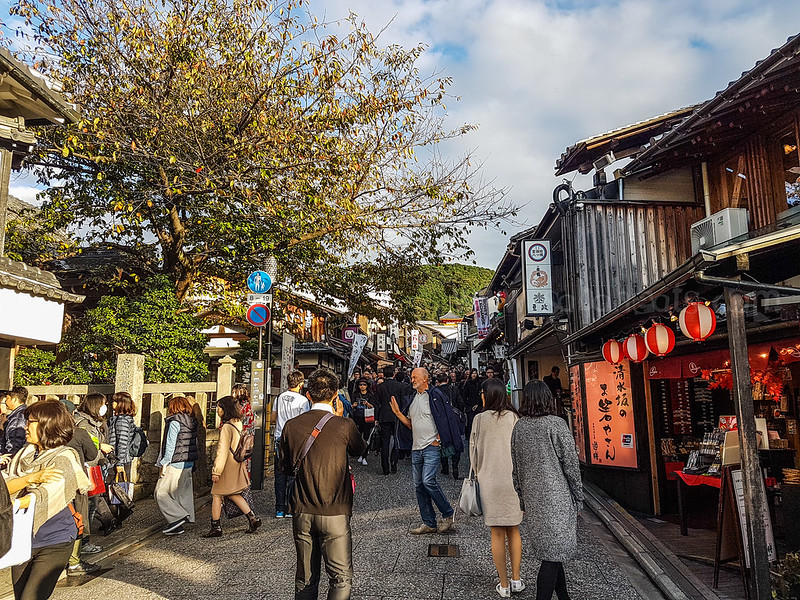
Kiyomizu-zaka is the street leading up to Kiyomizu-dera. Together with Sannenzaka and Ninenzaka, it forms the main shopping area here. You can find lots of souvenirs shop at Kiyomiku-zaka. The alley gives a true flavour of Old Kyoto and makes you feel like you have been transported back to the past.
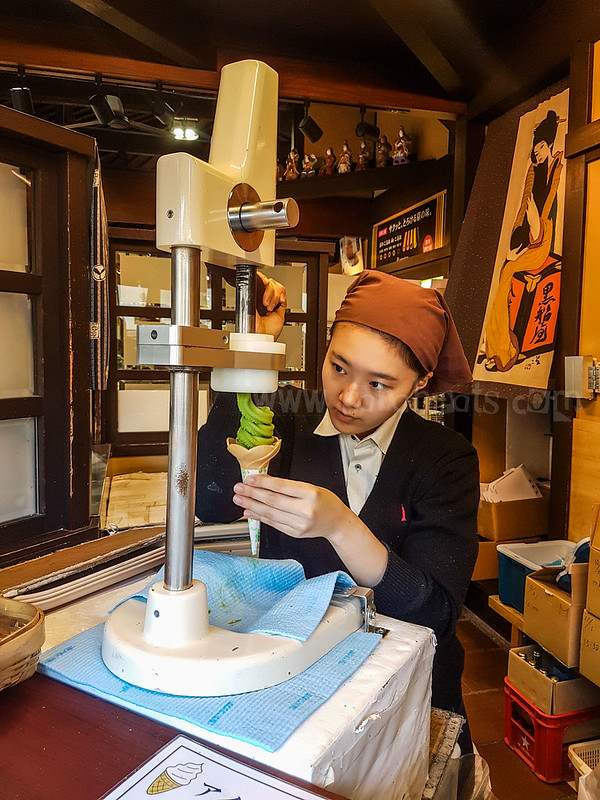
Delicious Matcha ice cream. Cost 350 yen
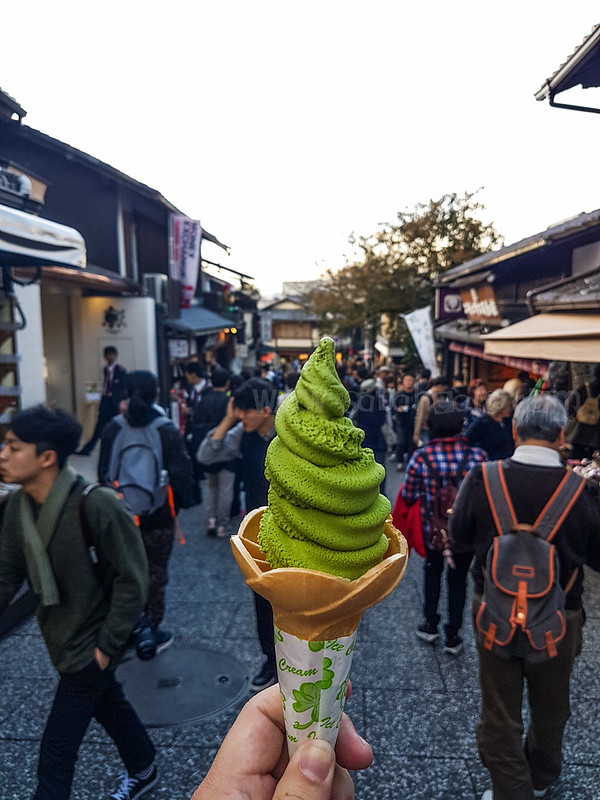
Kiyomizu-dera is also known as “Pure Water Temple”. It is located in the hills east of Kyoto and is a UNESCO World Heritage Site.
Kiyomizu-dera Temple was first built in 798 and is considered one of the most famous landmarks of Kyoto.
Entrance fees: 400 yen
Opening hours: 6:00 to 18:00


The street is crowded but you will be able to find your way through the crowd because everybody is moving the same direction. You can actually meet a lot of beautiful Japanese ladies in their kimonos.

The sunset and early evening views overlooking Kyoto from the temple are stunning.
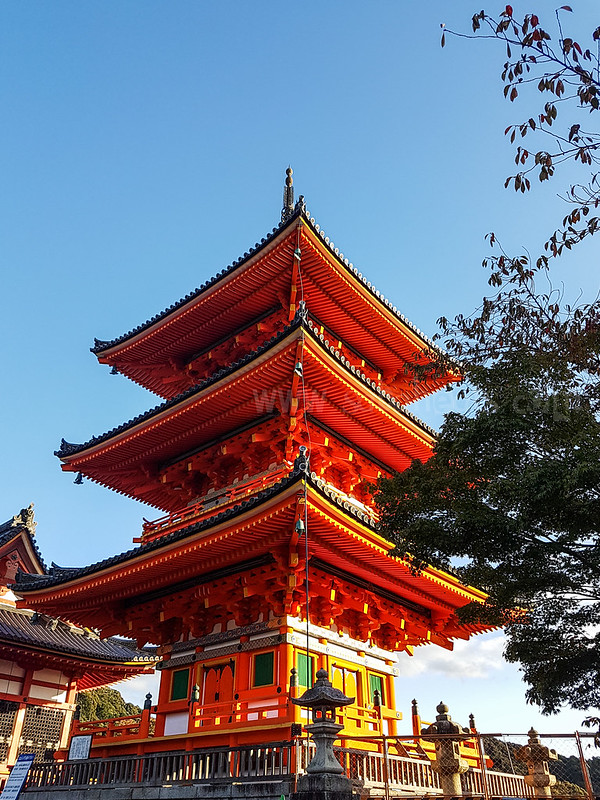
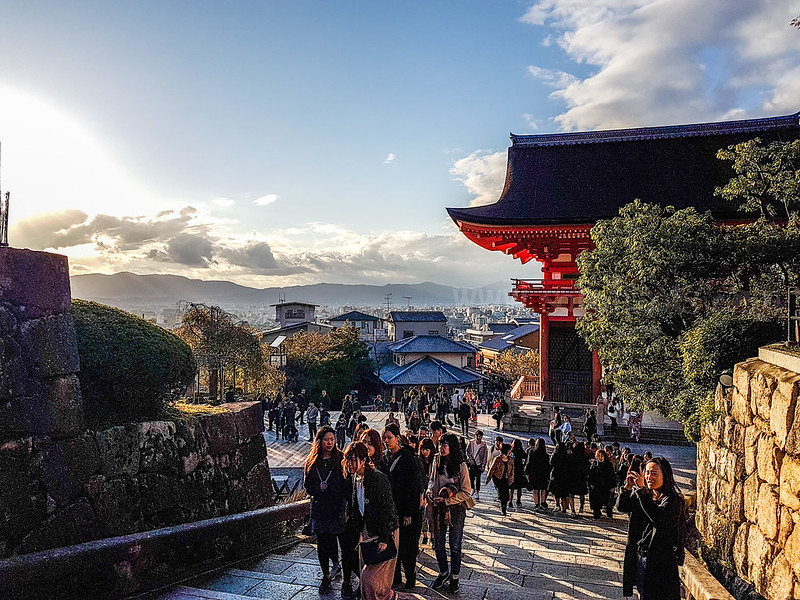
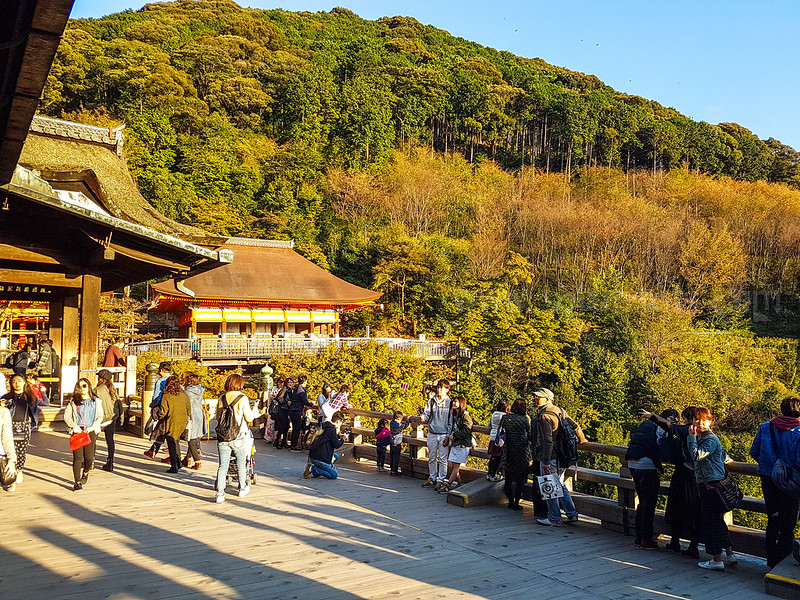

Jishu Shrine located above the main hall of Kiyomizu-dera, is a shrine dedicated to Okuninushi, a god of love and matchmaking. You can find two love stones here, which are 18 meters apart, and lots of couples looking to confirm their love. Legend says that if you can find your way from one stone to the other with your eyes closed you will find true love.
The shrine is regarded as the ‘Cupid of Japan’ and popular for the couples and young girls finding luck in love. All sorts of lucky charm can be bought here.


There are many pottery shops alongside Kiyumizu zaka. You can find the cheap stuff at the front, the moderately priced but beautiful craftsmanship in the middle of the shop and the expensive ones at the back.

ice cream, cream puff, and beef pau are the most popular snacks found alongside Kiyumizu-zaka.

The starting point of Sannen-zaka. The area originally opened for business more than 1200 years ago and there are many historic properties. The district was made along slopes and steps such as Sannen-zaka and Ninen-zaka which have been roads strolled by visitors for many years.

There is a saying that you will die within three years if you fall down on these stairs. If you tend to be clumsy, you can buy a gourd like a kind of roly-poly as a charm against falling at a gourd shop along the steps.
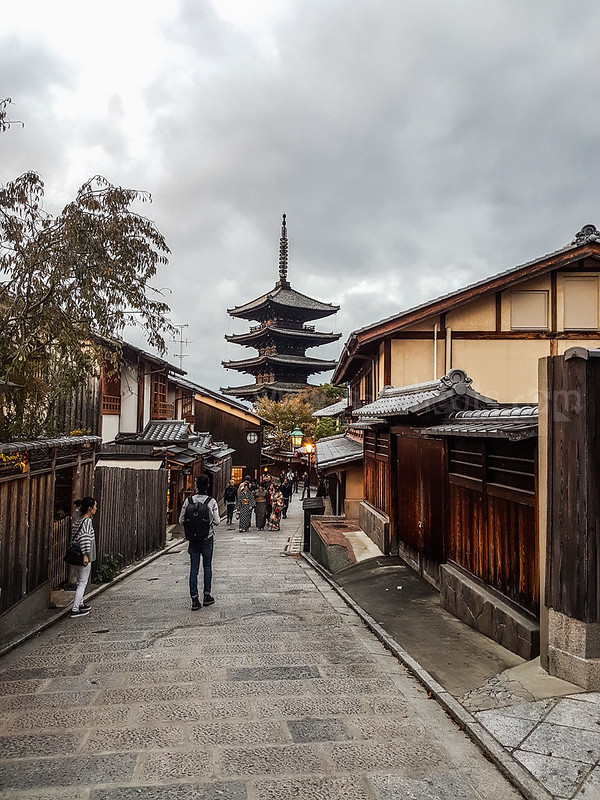
Yasaka Tower, a five-storied pagoda built by Shotoku Taishi (574-622), who was a Regent in the Asuka era. The present tower was reconstructed by Ashikaga Yoshinori (1394-1441), the 6th shogun in the Muromachi era. It is 40 meters high and the oldest tower in Kyoto city. It is called “the symbol of Higashiyama”.
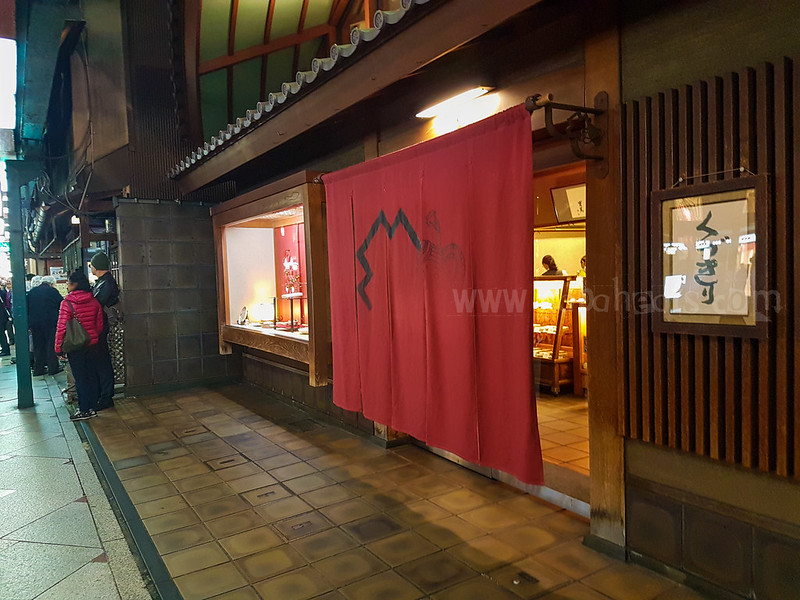
Kagizen Yoshifusa Honten
Location: 264 Gion machi Kita gawa, Higashiyama-ku, Kyoto
Opening hours: Tue to Sun: 9.30am – 6pm
After going down a series of stairs, we are back to Gion again and we visit Kagizen Yoshifusa Honten, famous for traditional Kyoto desserts and a cup of matcha.


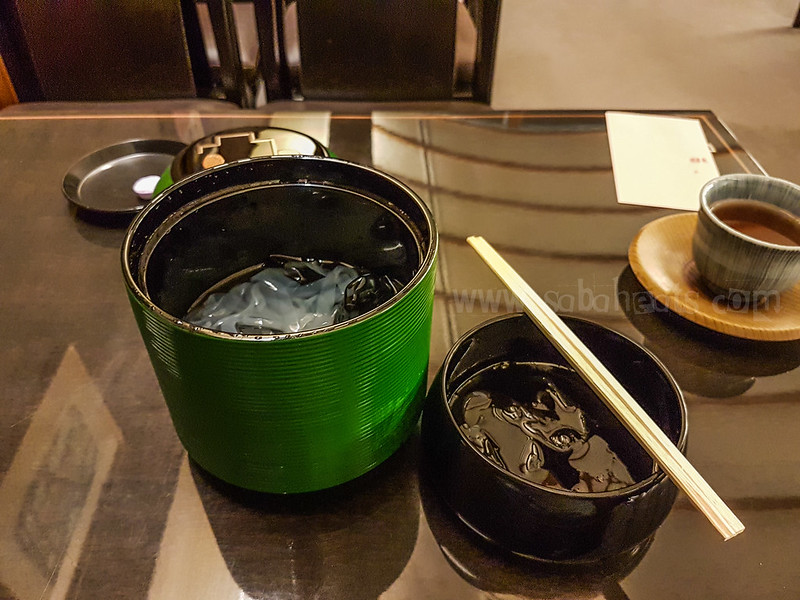
Kuzukiri (1000 yen) is one of the “must eat” dessert at Kagizen Yoshifusa honten. Translucent noodles made from arrowroot eaten with a sweet brown syrup.

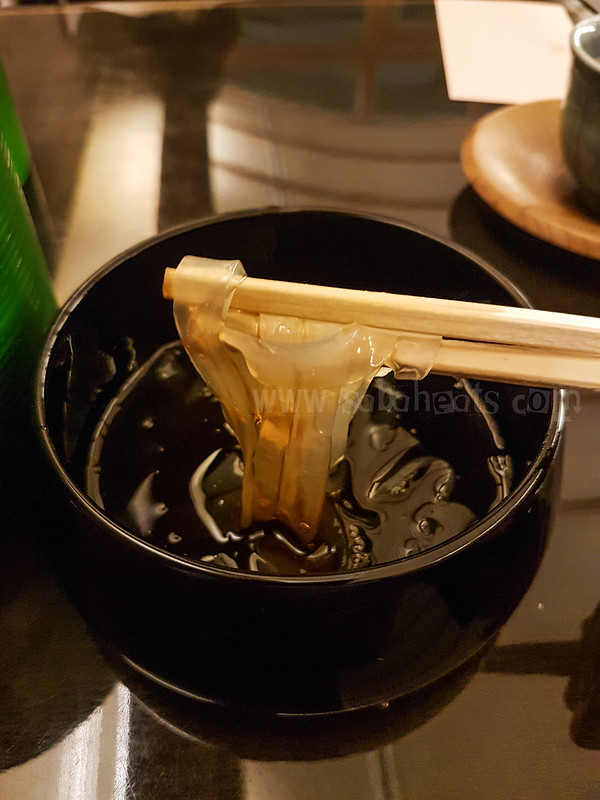
Issen Yoshoku
Location: 238 Giommachi Kitagawa, Higashiyama-ku, Kyoto
Opening hours: 10.30am to 10pm
Served Kyoto-style pancakes. The pancake fillings are mixed with meat, eggs, veg and lots more.
680 yen per serving
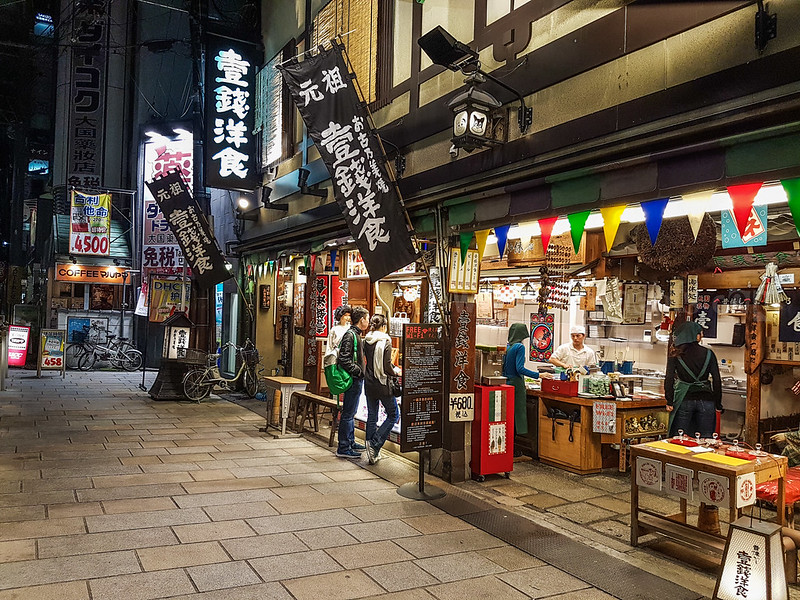

9h Nine Hours
Do a late check-in to 9h nine hours capsule hotel which is located near to Gion area. Provide same amenities like First cabin but there is no LCD tv inside the capsule.
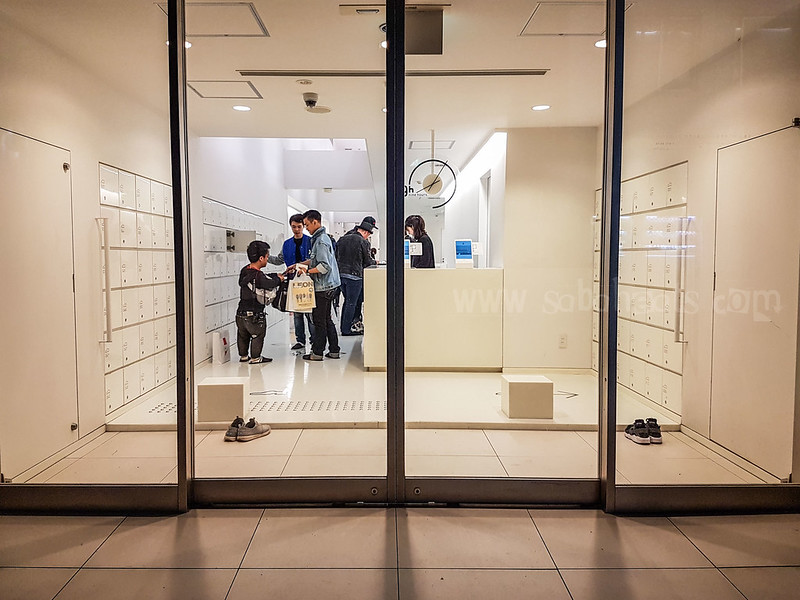
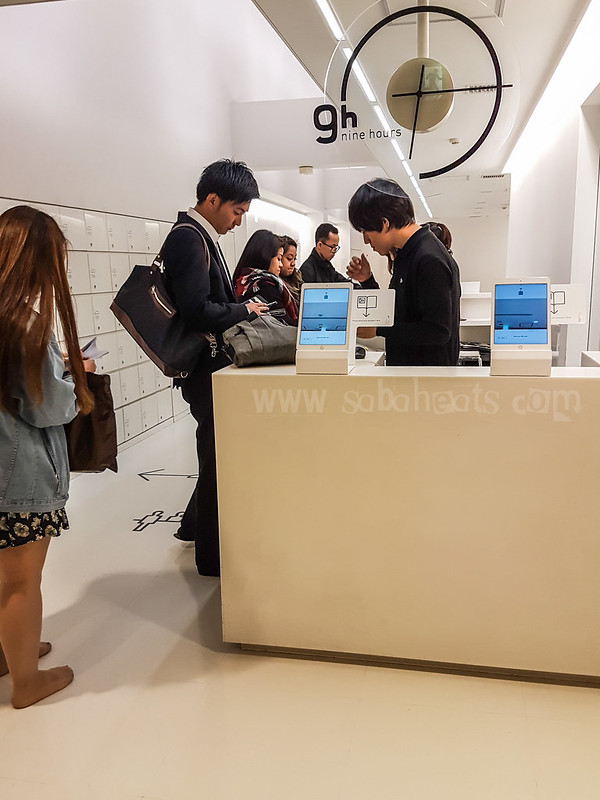

We have to leave our luggage on the 9th/3rd floor as there is no locker inside the capsule. space inside the capsule is smaller and the capsule is stacked on each other.


Ippudo (一風堂)
Head to dinner after freshen up. Ippudo Ramen have a branch at Kyoto and the shop is always busy. We have to wait 15 minutes for seats inside the restaurant.


a small restaurant but smell good!
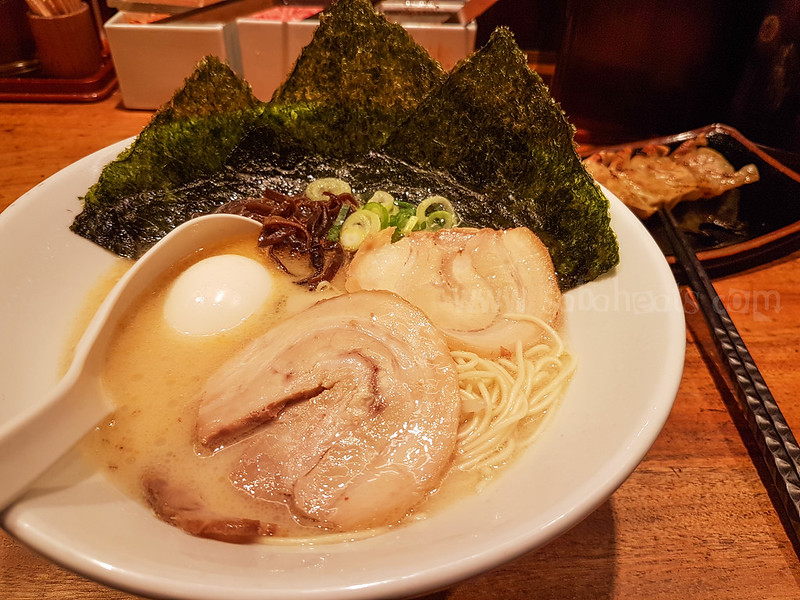
We really love the ramen at Ippudo. The broth was so tasty, the pork was mind-alternatingly delicious and the onsen egg was perfectly cooked with an orange runny yolk.
ramen cost 1080 yen with add-ons and 220 yen for gyoza.

Ippudo open from 11AM–3AM daily.
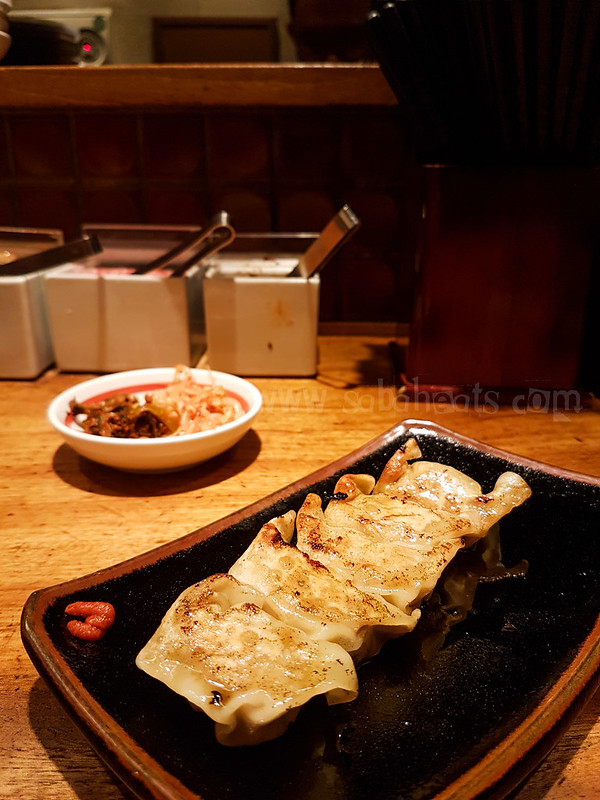
Day 3
Wake up early and decide to try another famous ramen shop for breakfast
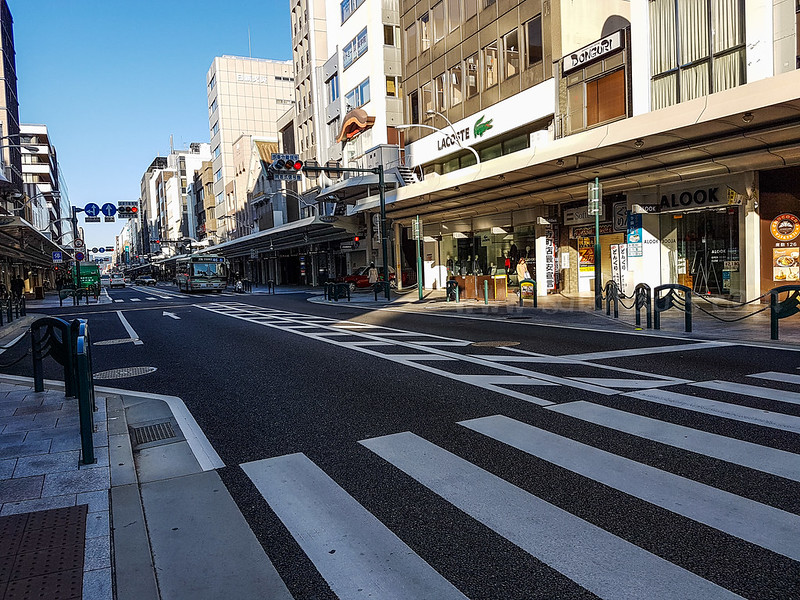
Ichiran Kyoto Kawaramachi
Ichiran ramen open 24 hours and the shop is empty when we visit at 8am.


Buy a meal ticket from the vending machine and collect the ticket
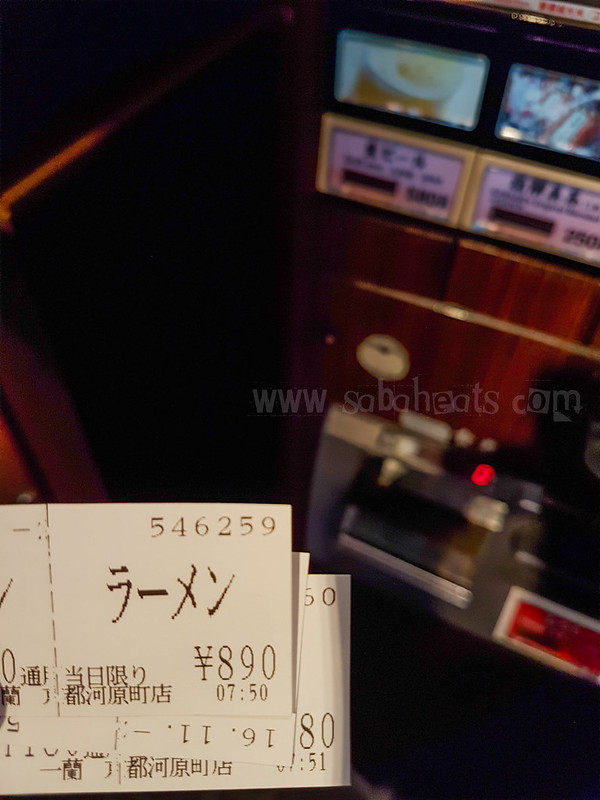
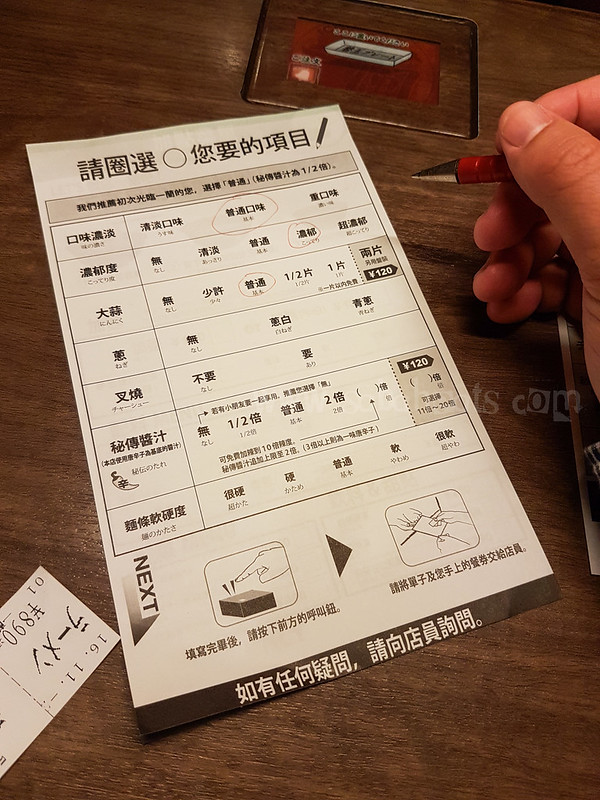
Fill in the customizable Ramen sheet available in Japanese, English and Chinese. We got to customize the broth, texture of the ramen, onions, spring onions, pork and spiciness of the broth.
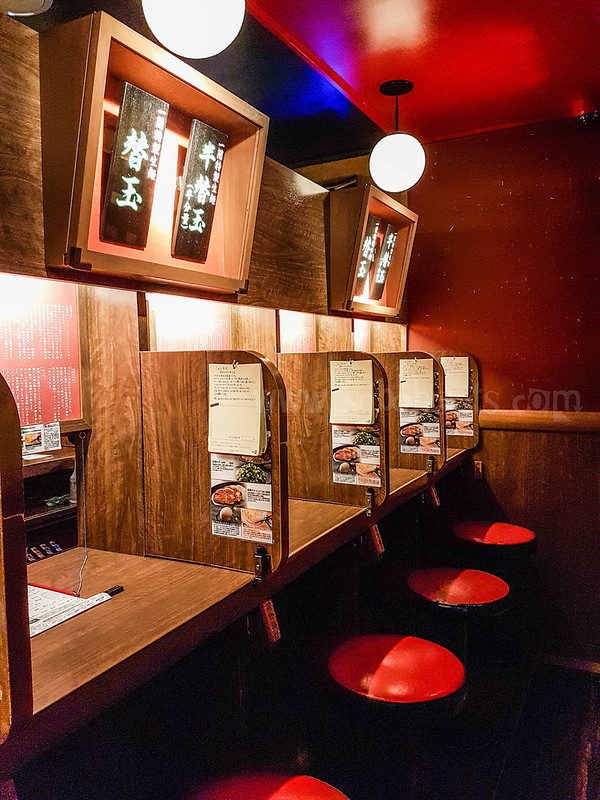
Ichiran is famous for the telephone booth style seating.
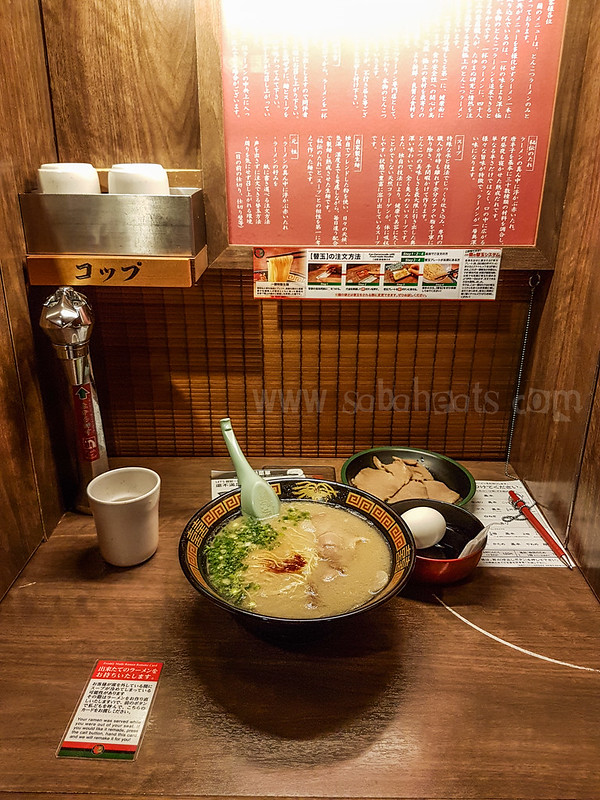
Just me and my ramen. I got to top up my own hot tea at no cost

I was away at the washroom when they serve my ramen and they leave me with this card to make sure I can enjoy my ramen hot! How thoughtful. A wonderful breakfast at Ichiran cost me 1020 yen with all the add-ons.
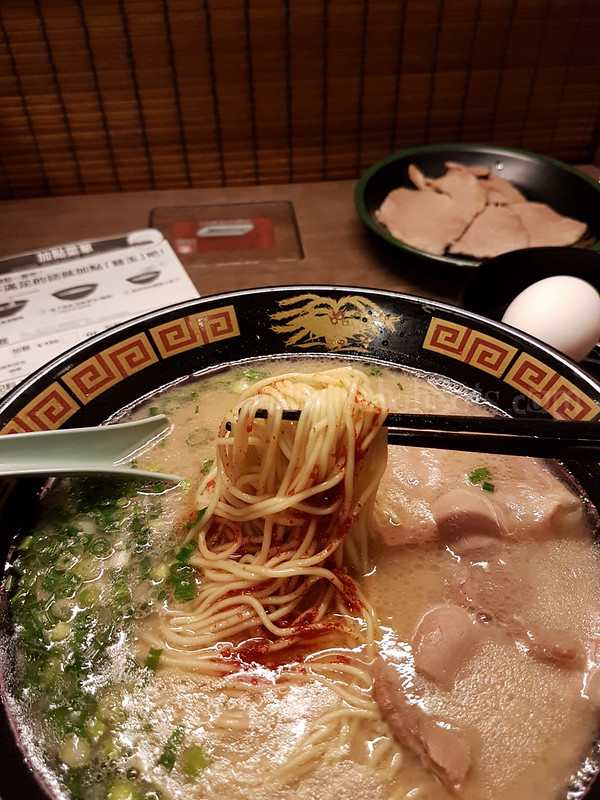
After a heavy breakfast, we took the bus to Kinkaku-ji. Kyoto bus charges a flat rate of 230 yen. It is better to get a daily bus pass at 500 yen if you travel on the bus more than 2 times in a day.
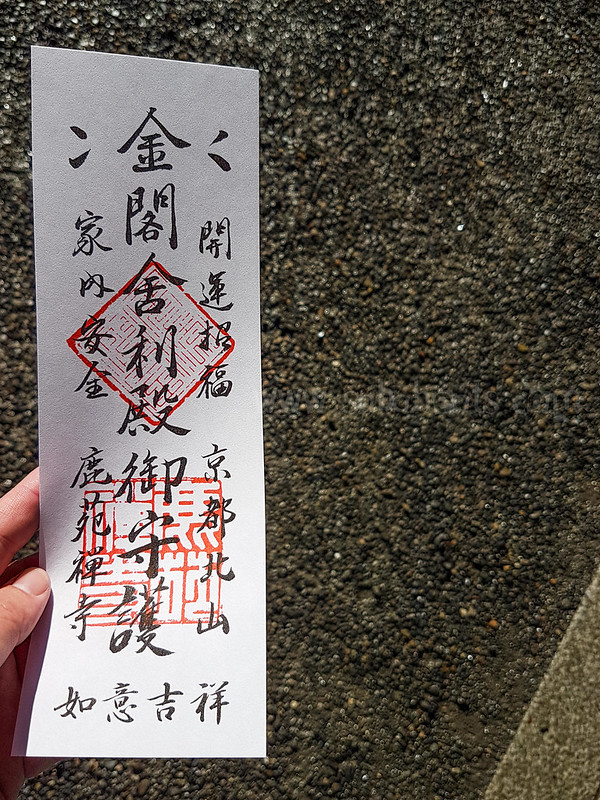
Kinkaku-ji
Kinkaku-ji, literally means “Temple of the Golden Pavilion” is one of the most beautiful temples as it is cover with gold set amidst trees, gardens, and a lake. Officially named Rokuonji Temple, this temple is famous both in Japan and abroad as a symbol of Kitayama culture. the image of the pavilion, which stands at the edge of Kyokochi pond, is reflected in the water. The entrance fees is 400 yen.
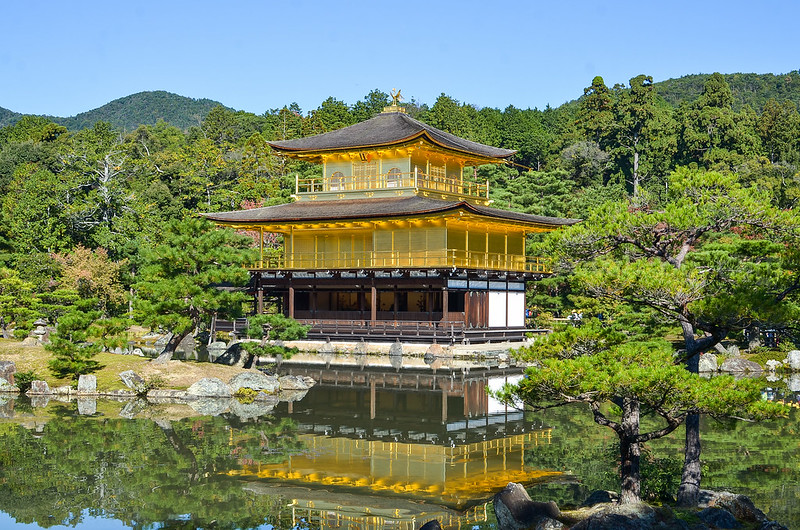
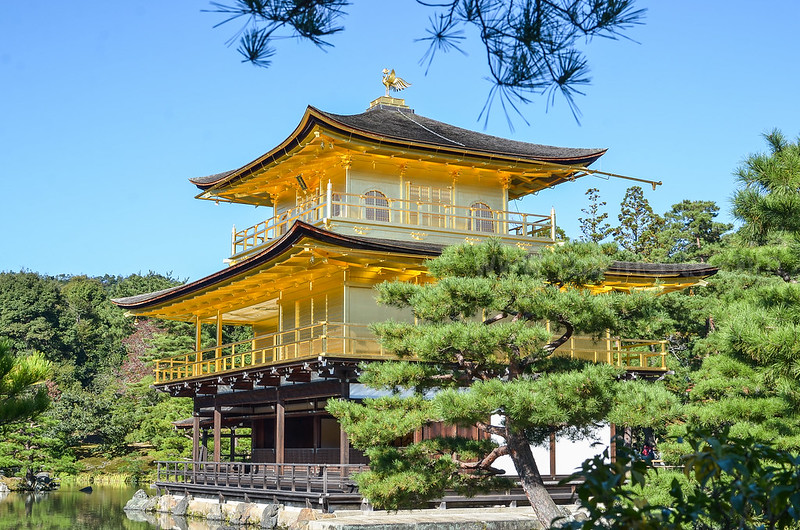
Kinkaku-ji offers a breathtaking scenery over the lake but the place is overcrowded with peoples. Despite the crowd, a visit to Kinkaku-ji is a must.


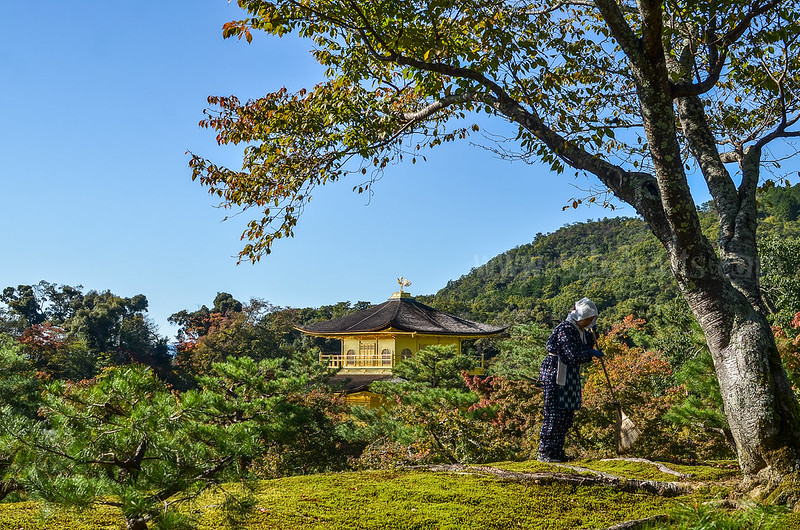
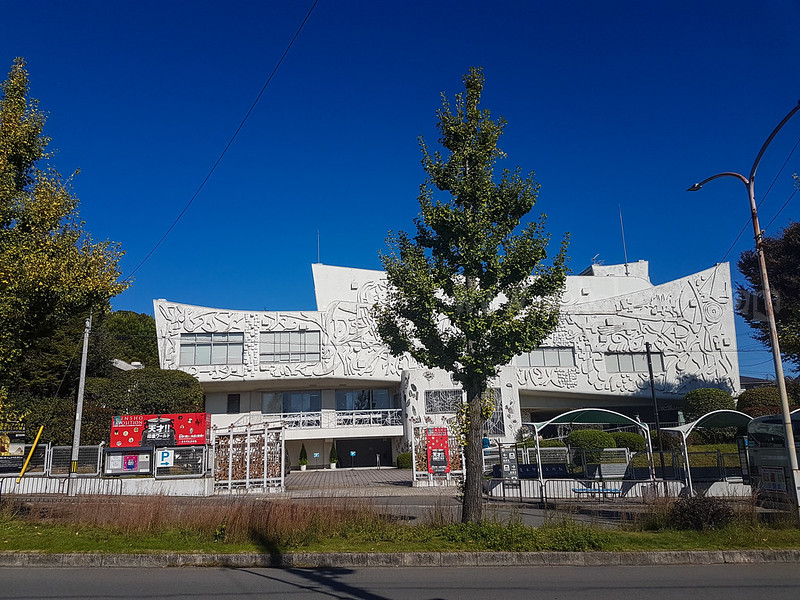
Ryoan ji
Entrance fees: 500 yen
Located 10 minutes walk away from Kinkaku-ji is Ryoan-ji. Ryoan-ji is one of the finest examples of Zen landscaping in Japan.
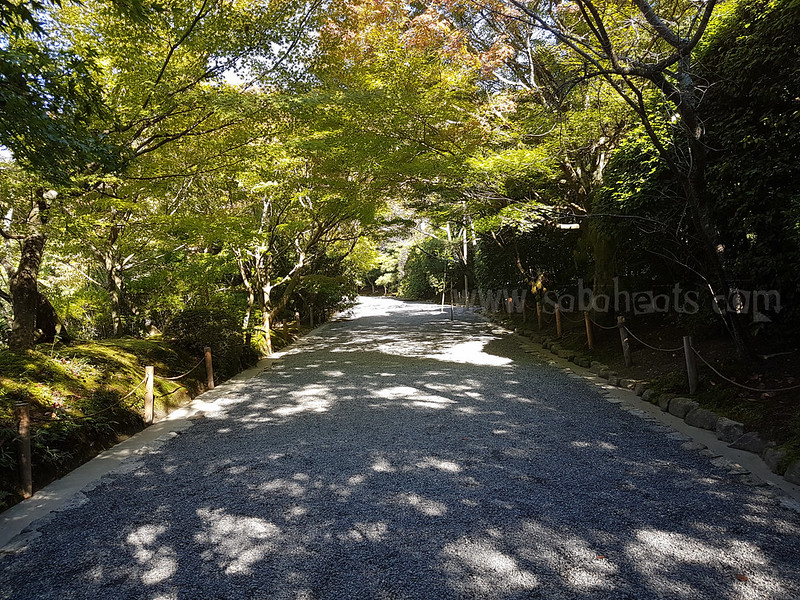
Ryoan-ji Temple is famous for its mysterious rock garden, the most celebrated in Japan, which defies attempts at explanation. Enclosed by an earthen wall, fifteen carefully placed rocks seem to drift in a sea of raked white gravel. A viewing platform right above the garden gives visitors an unimpeded view, although from whatever angle you view the garden, you can never see all fifteen stones.

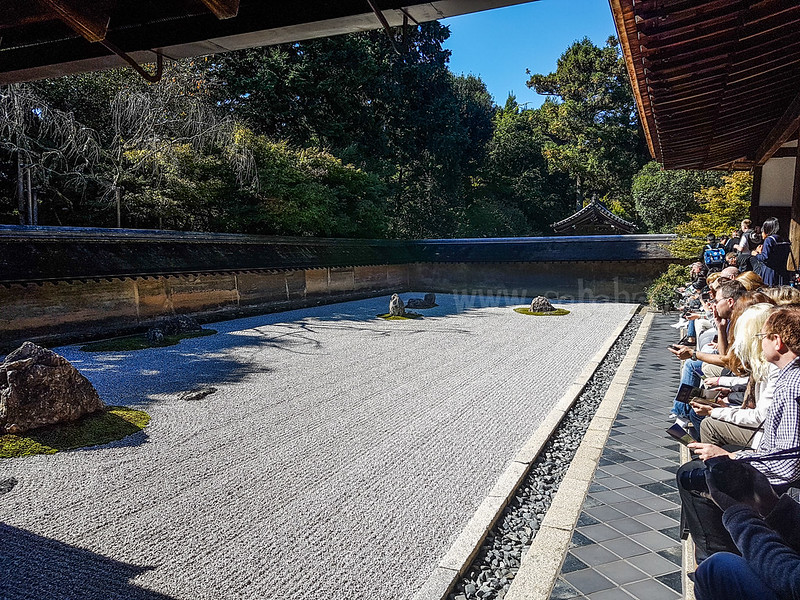

Tsujiri Tea House
We took the bus to Gion area to have the dessert at Tsujiri Tea House. Tsujiri Tea House is famous for its Japanese tea and matcha desserts.
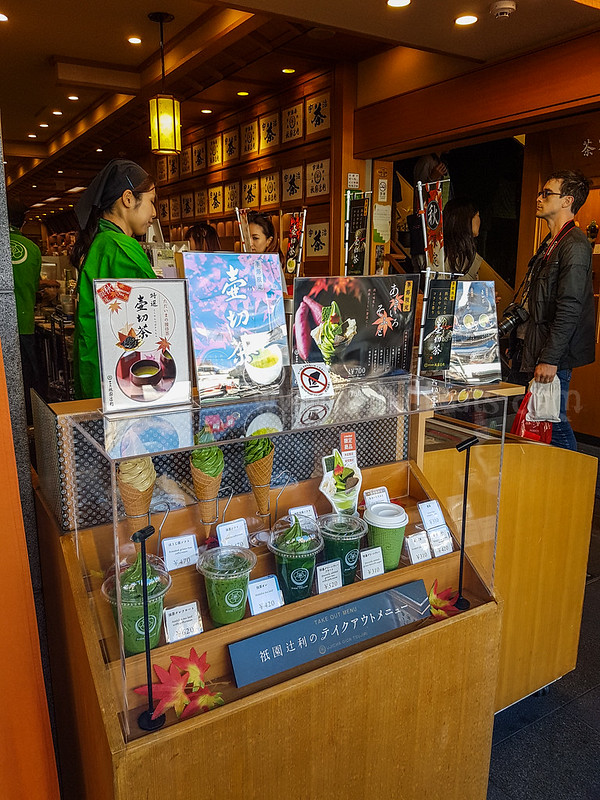
The parfait with the cake, matcha mousse, and all the trimmings was particularly wonderful. This wonderful cup of parfait cost 1420 yen.



Back to Kyoto station to catch our long distance bus to Tokushima. While waiting for our bus, we explore Porta dining located next to Kyoto Station. In the Restaurant window, all the Sempuru fake foods look shiny and delicious.
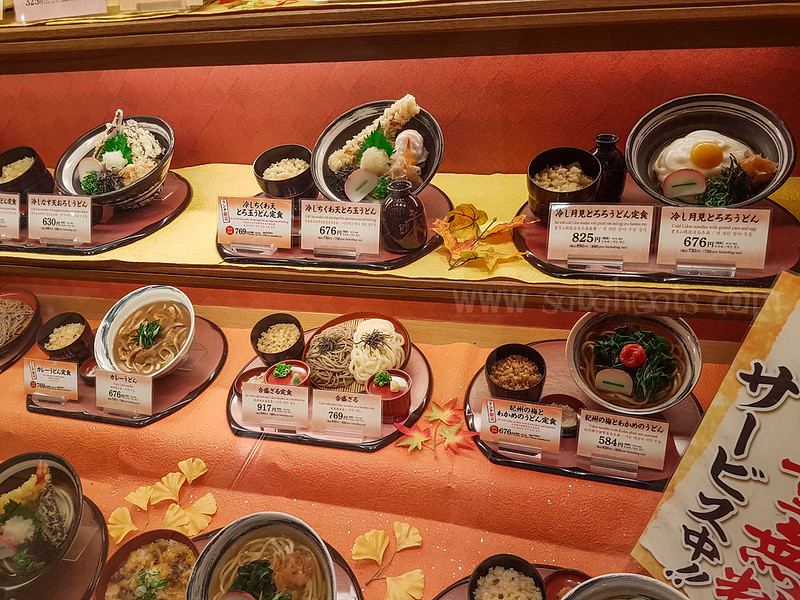
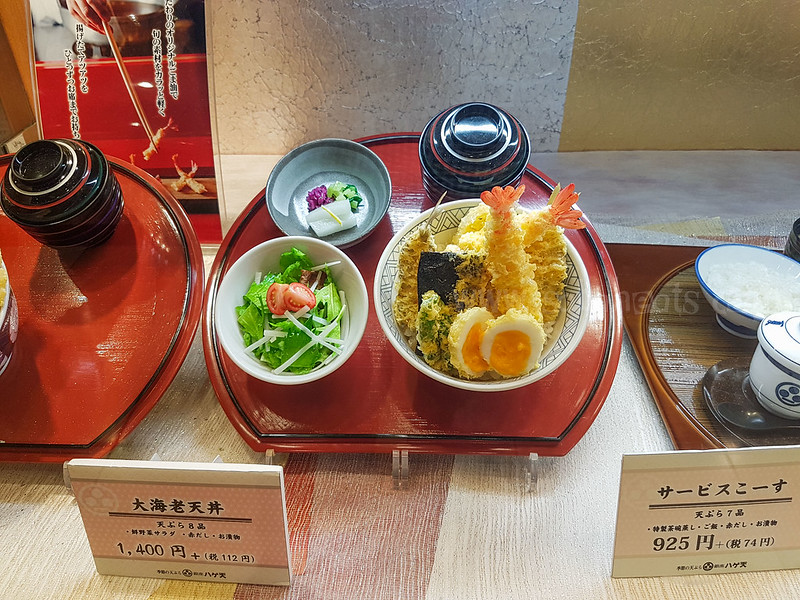
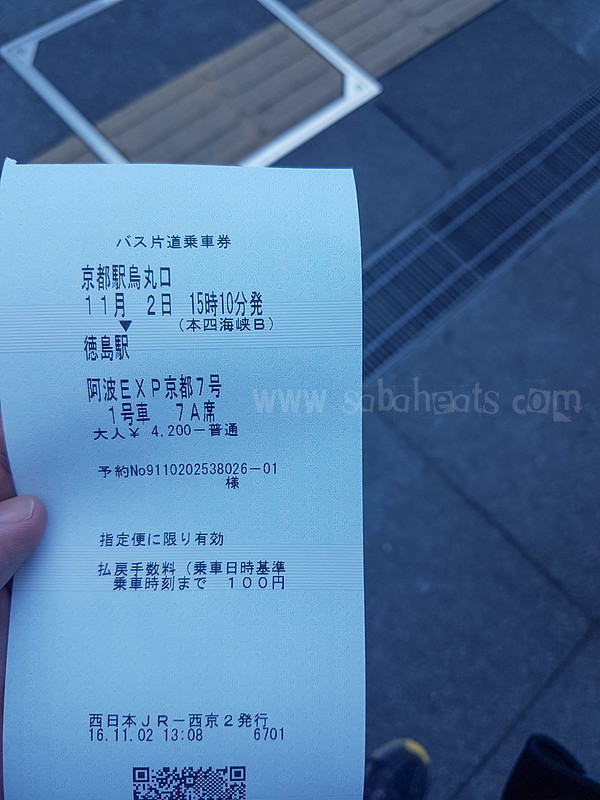
Our bus ticket to Tokushima. If you are heading back to the airport, the best option is to get the 2-way tickets which is cheaper.
My Japan adventure continue in Tokushima, off the tourist trail.
Joanne Lee
Latest posts by Joanne Lee (see all)
- Ramadan sungkai buffet Kota Kinabalu 2025 - February 19, 2025
- Twinings Brings Tea Crafting to Life with ‘Time for Twinings’ Event at The Oak Street - December 11, 2024
- KITA Food Festival debuts in Kota Kinabalu – A Celebration of culinary Excellence and local produce. - October 23, 2024




